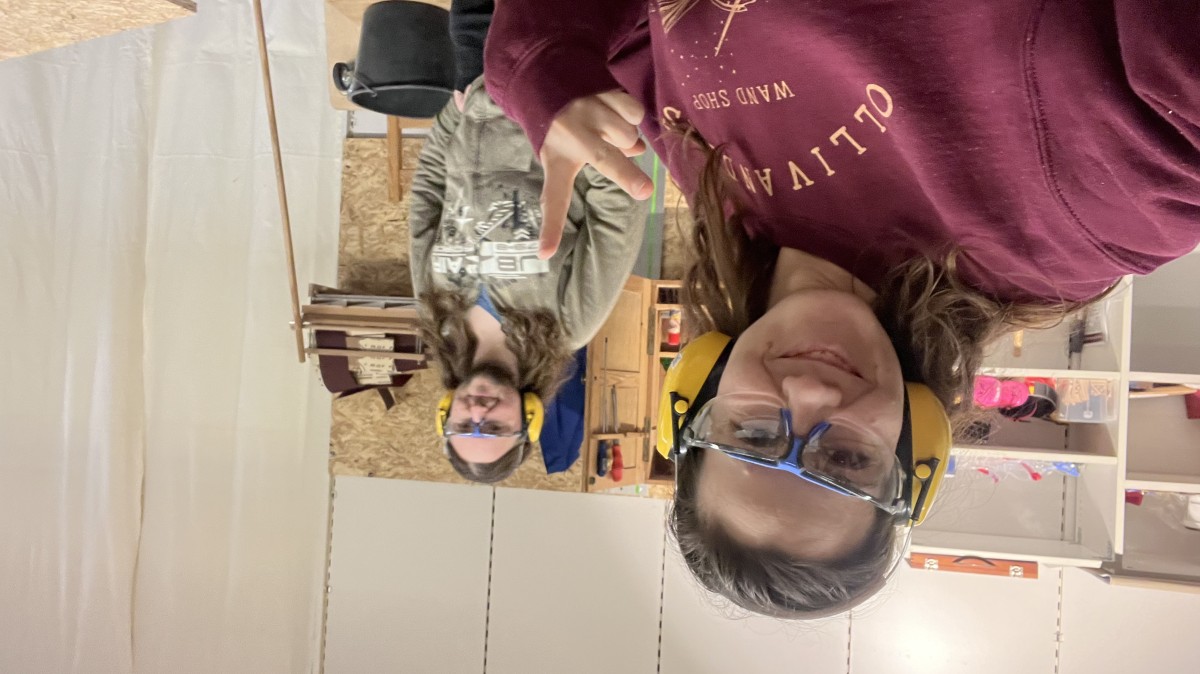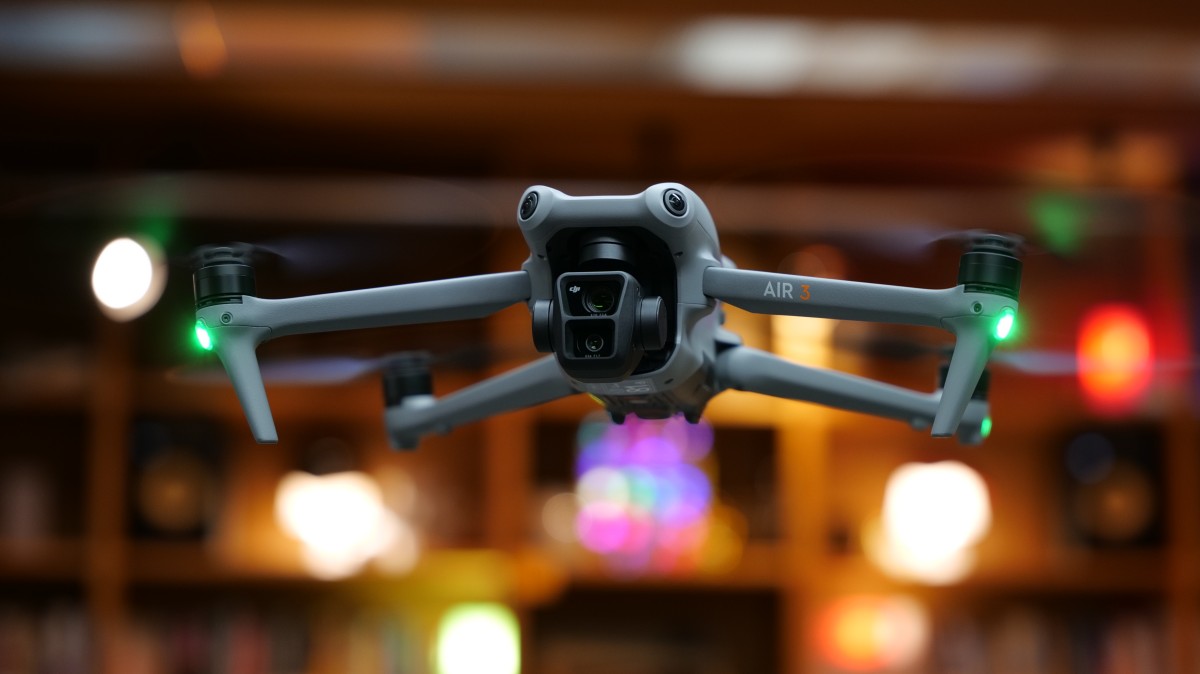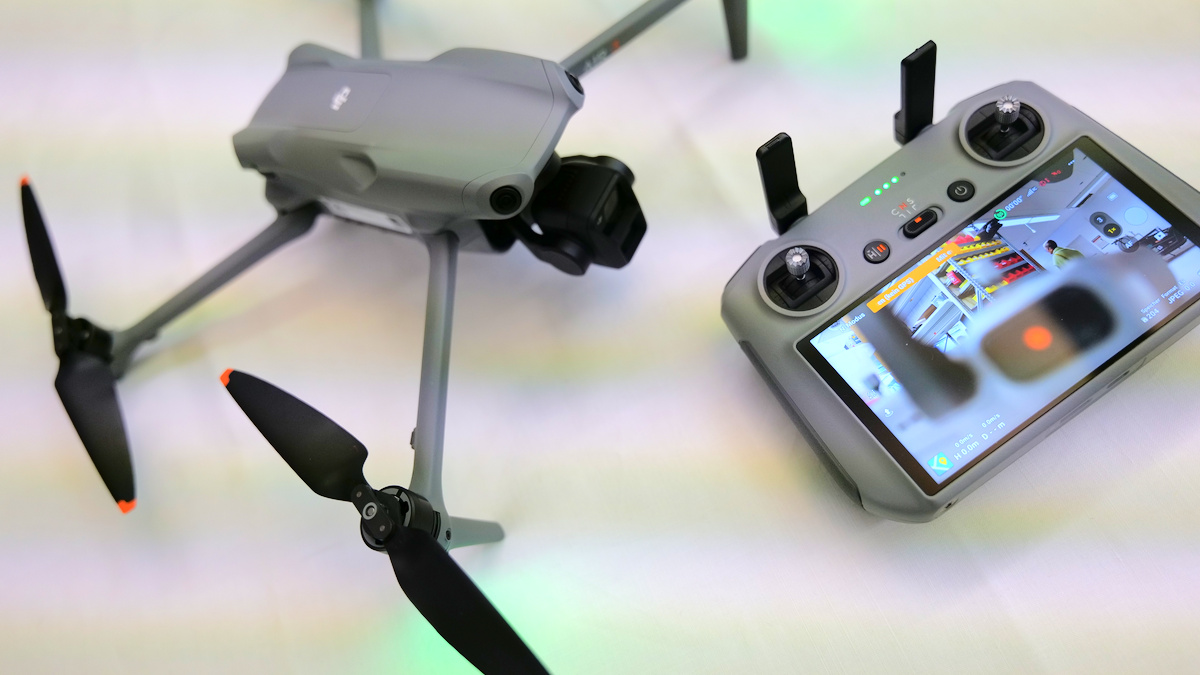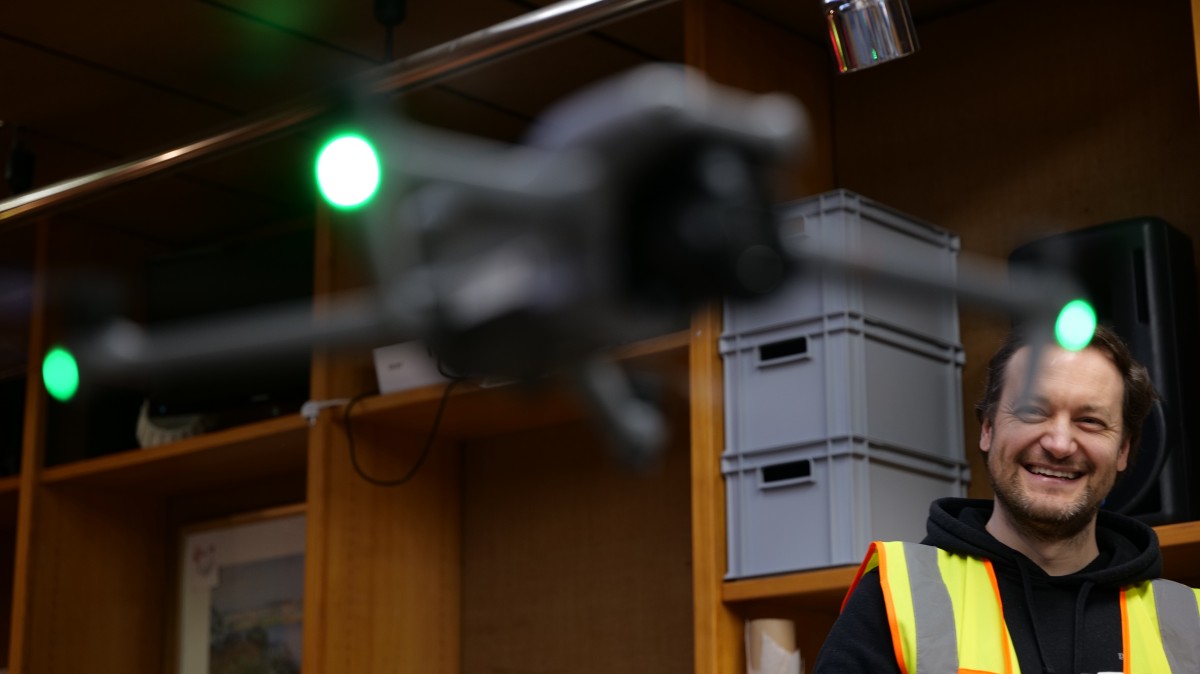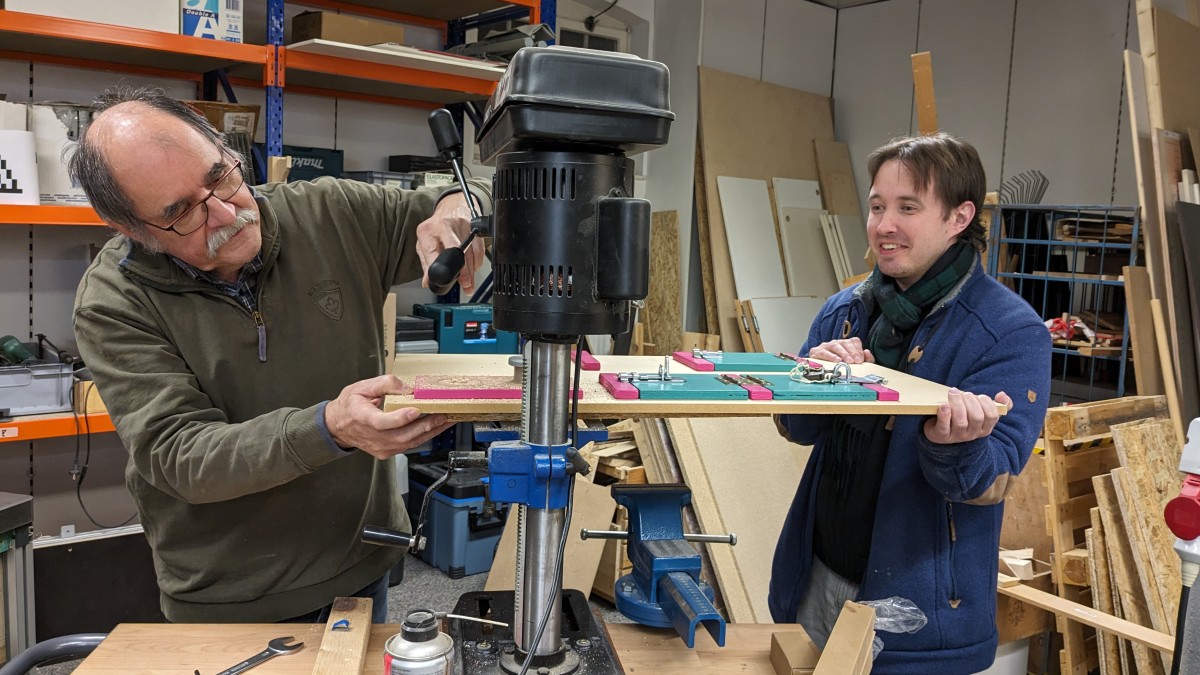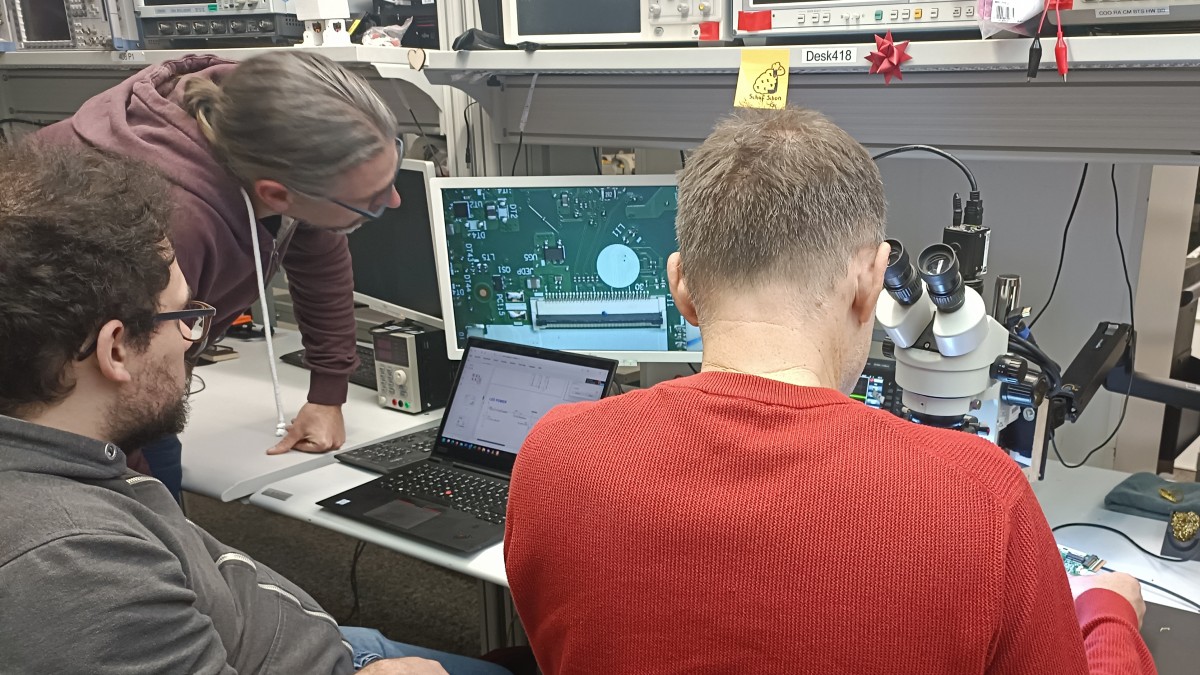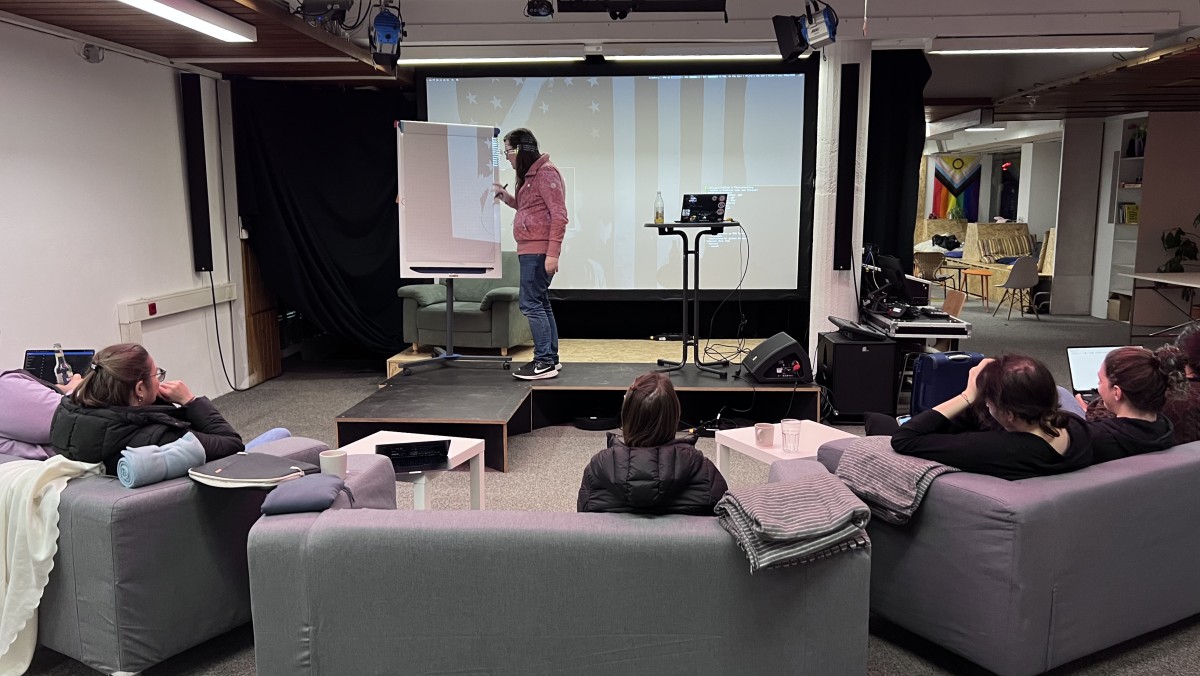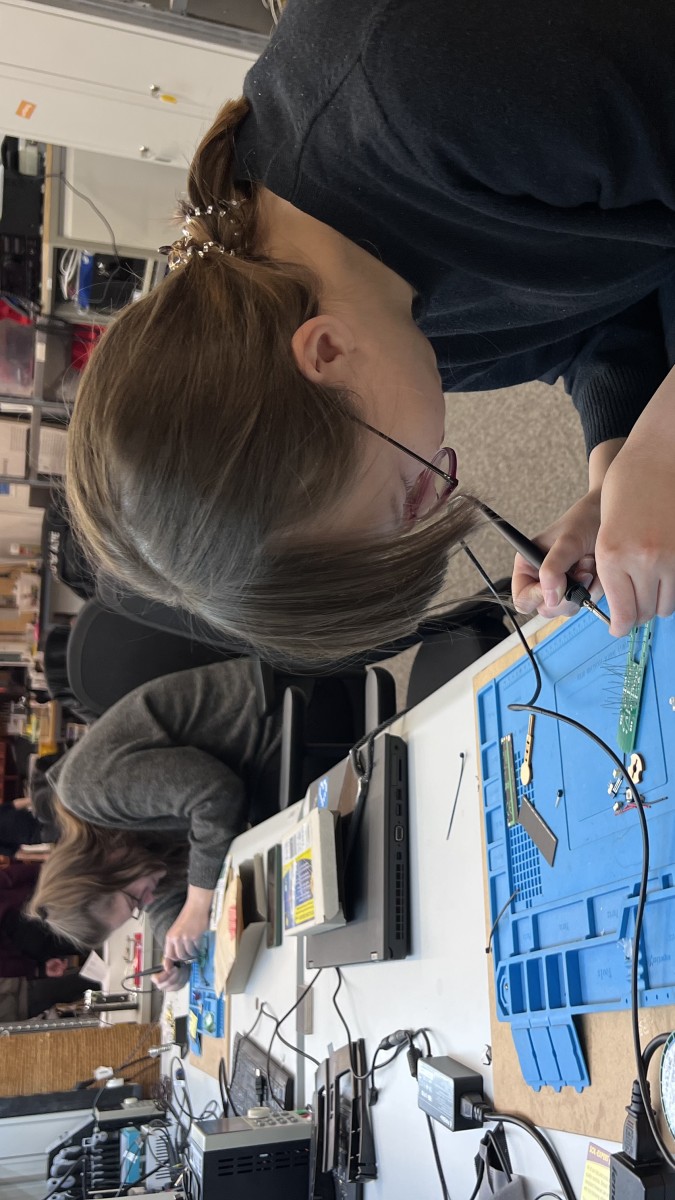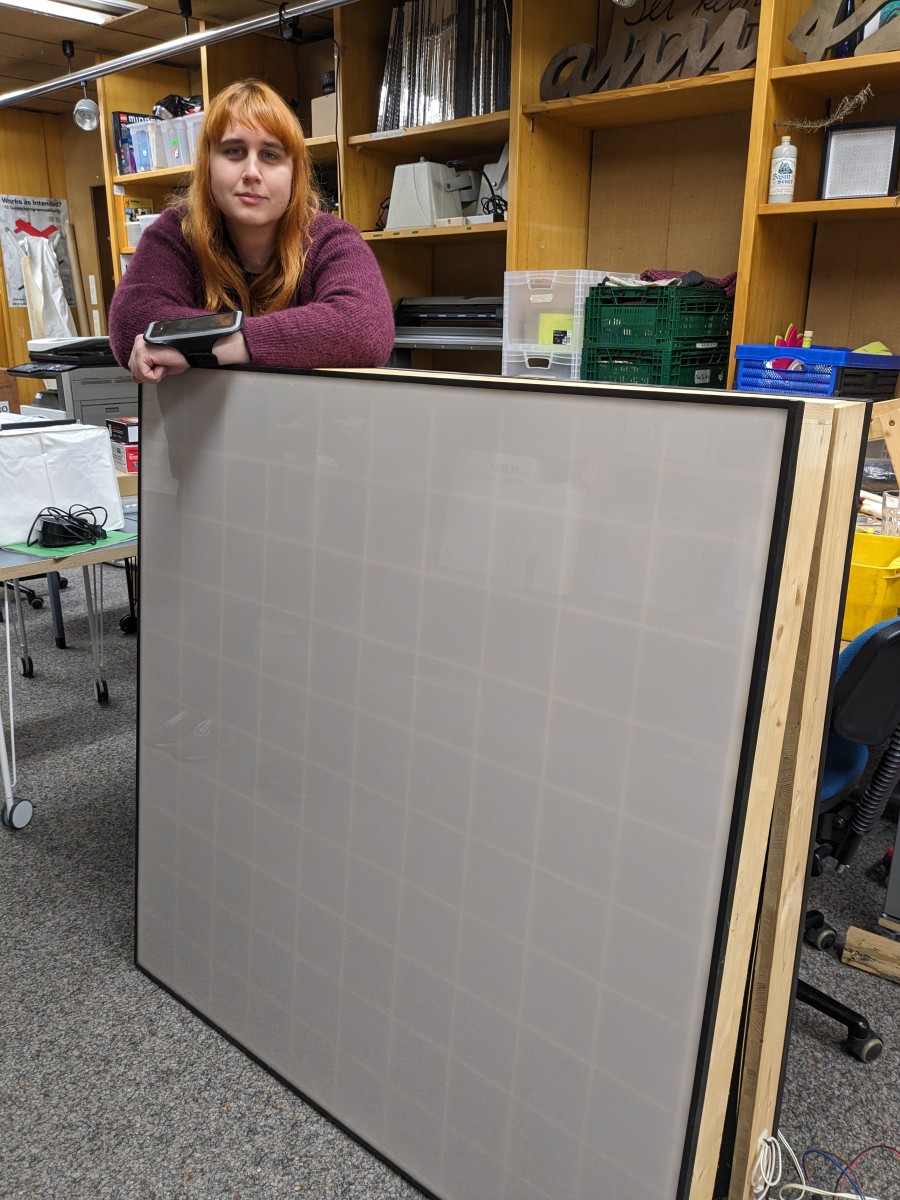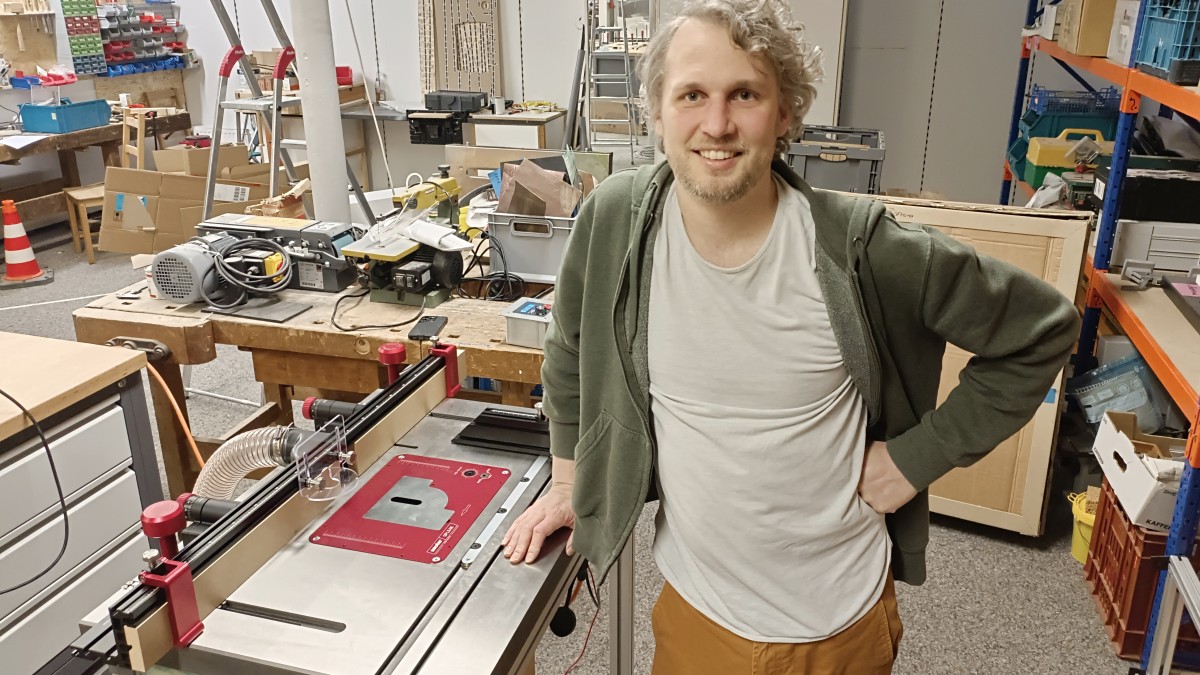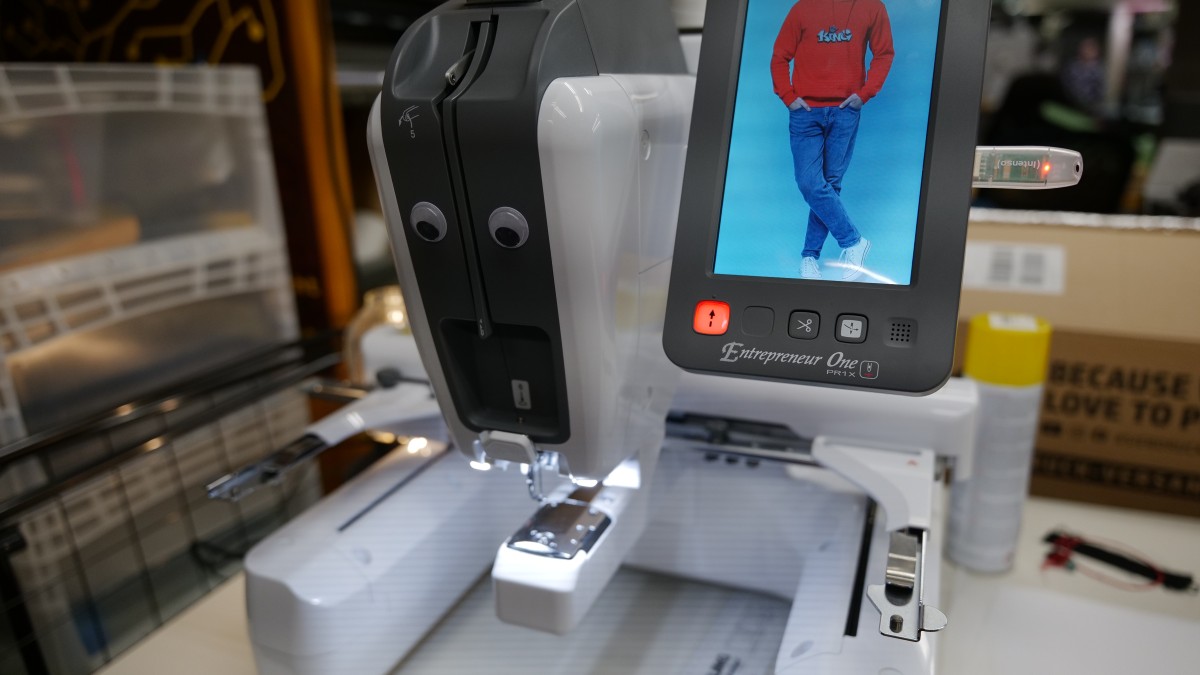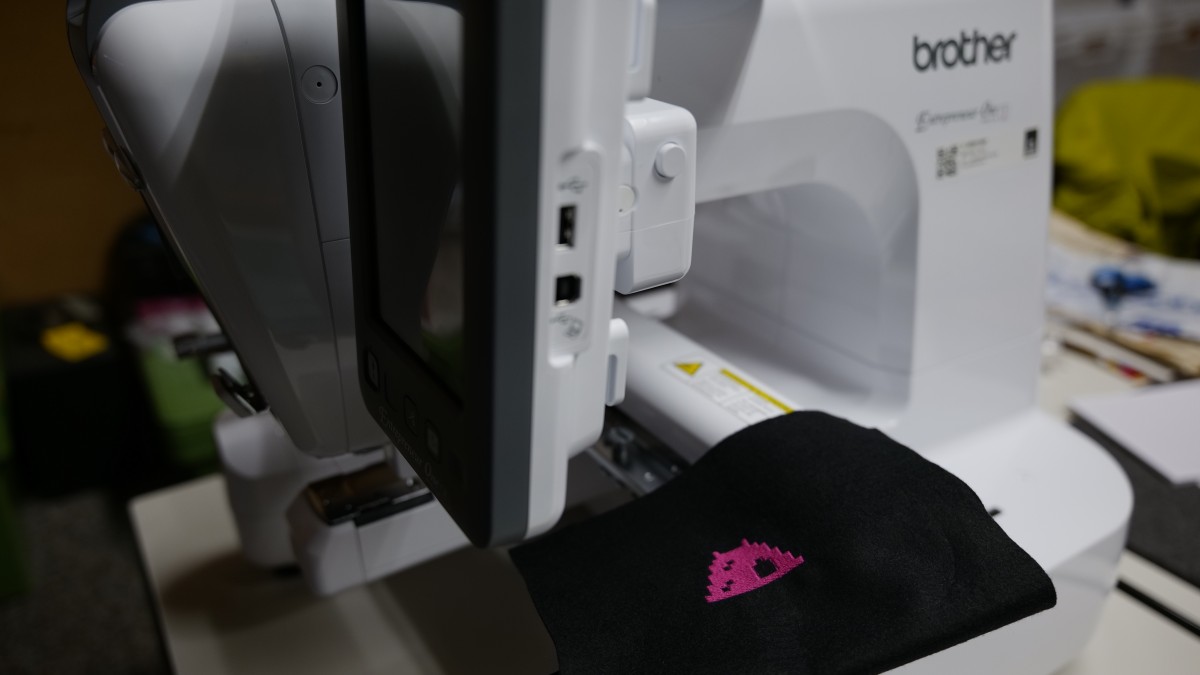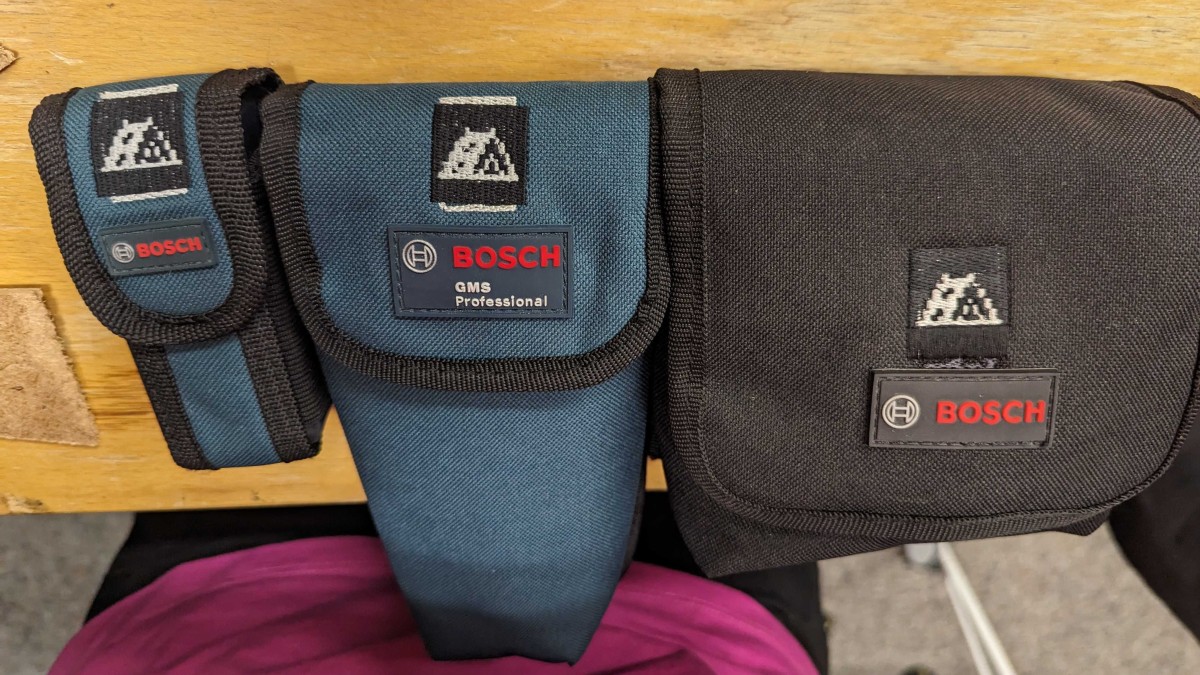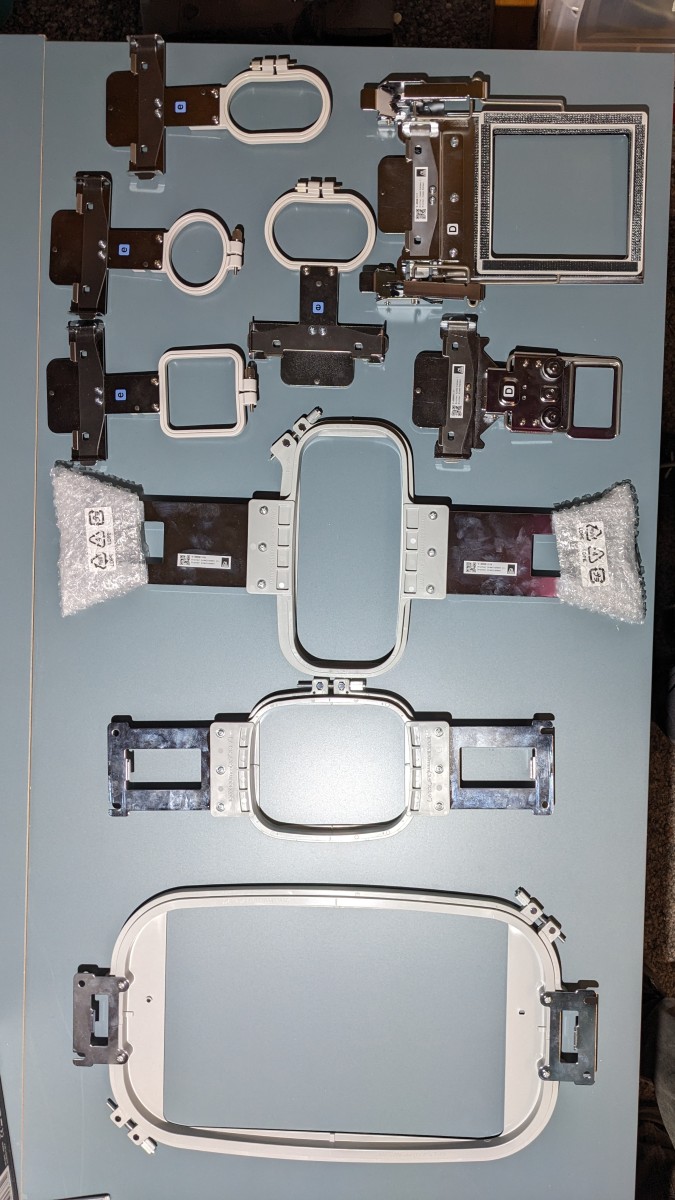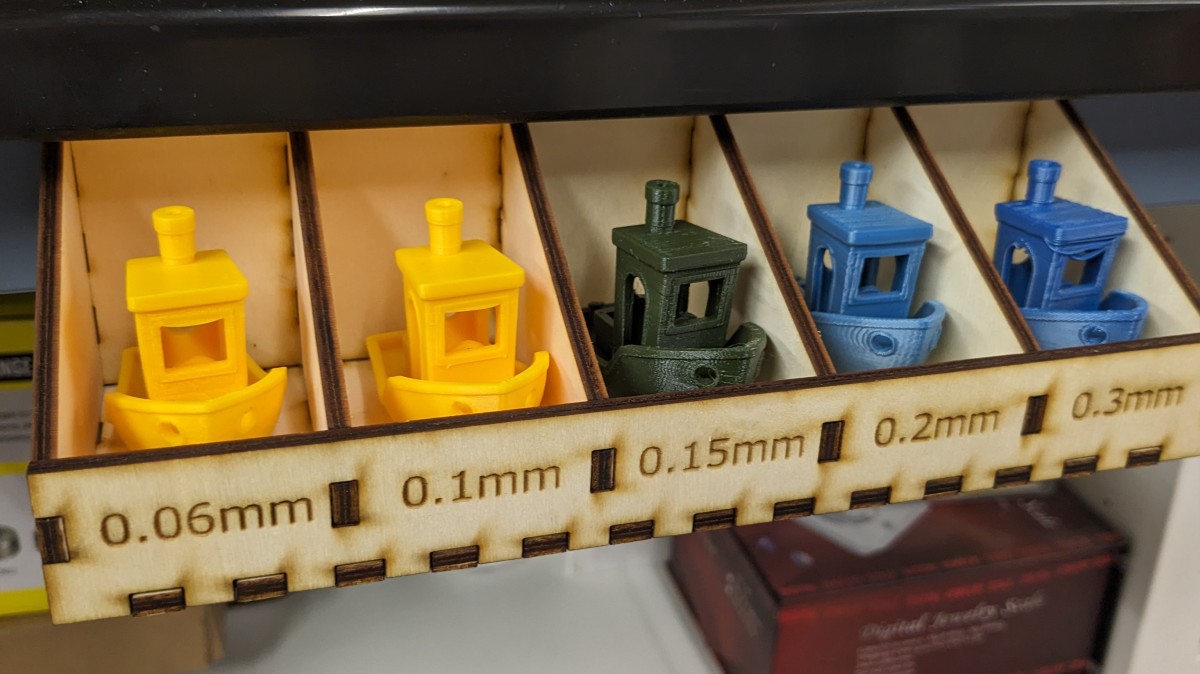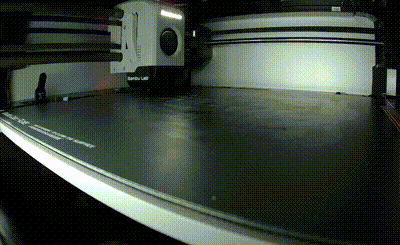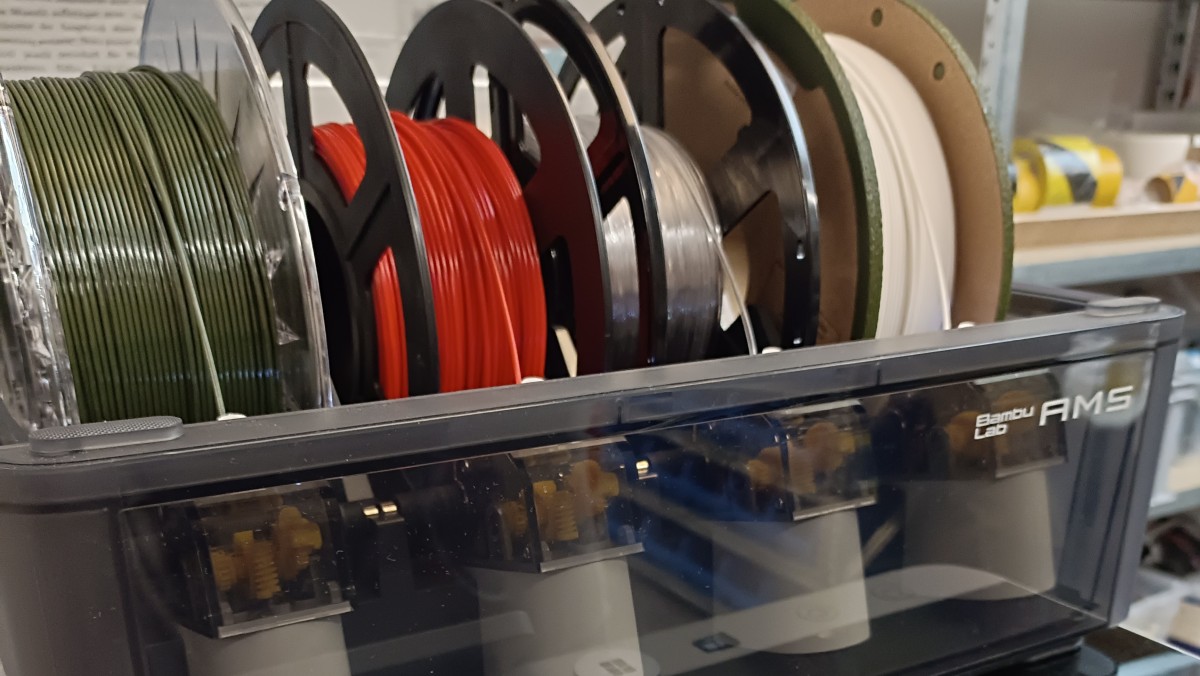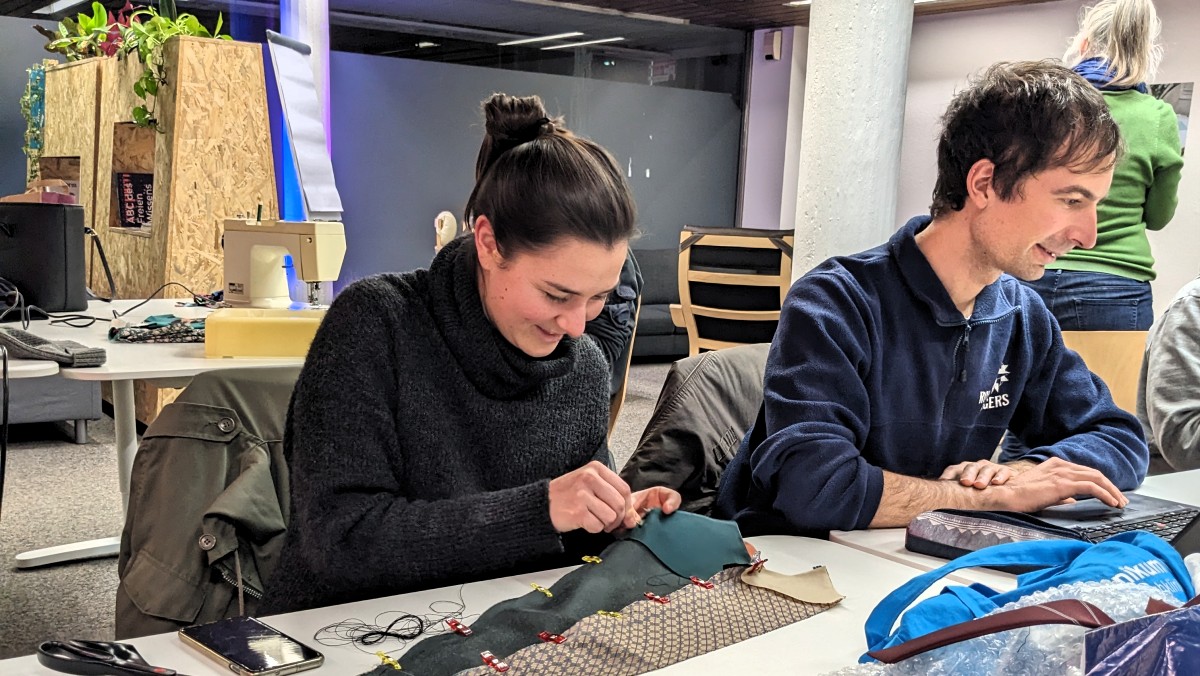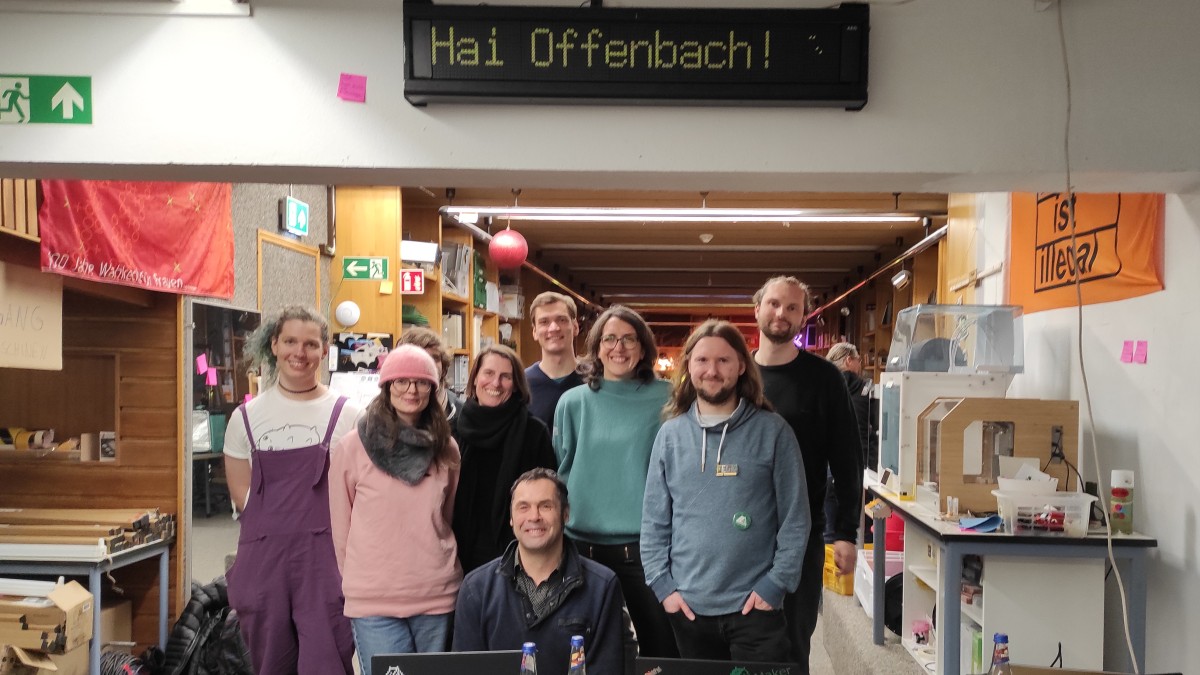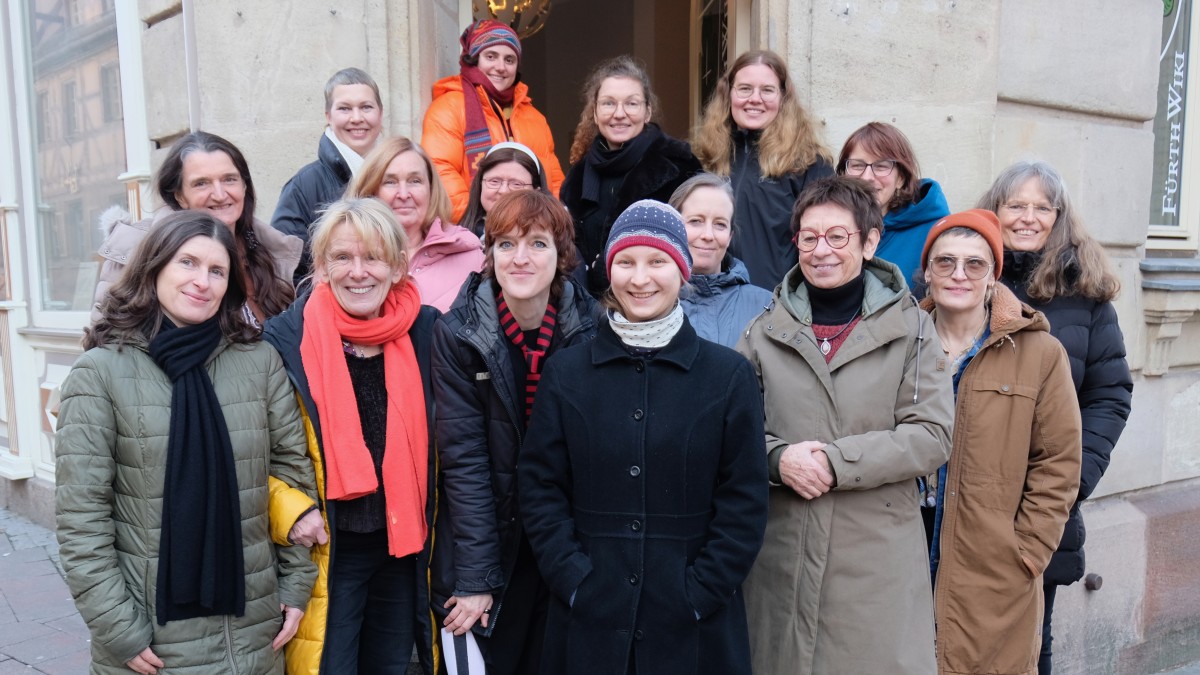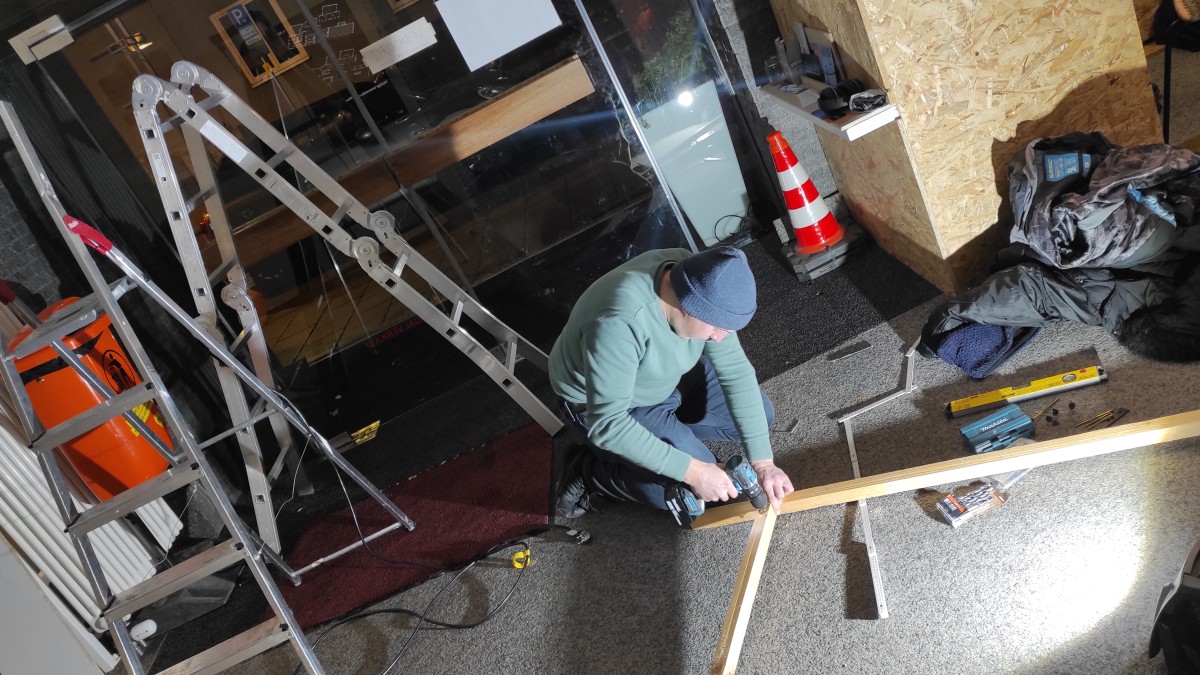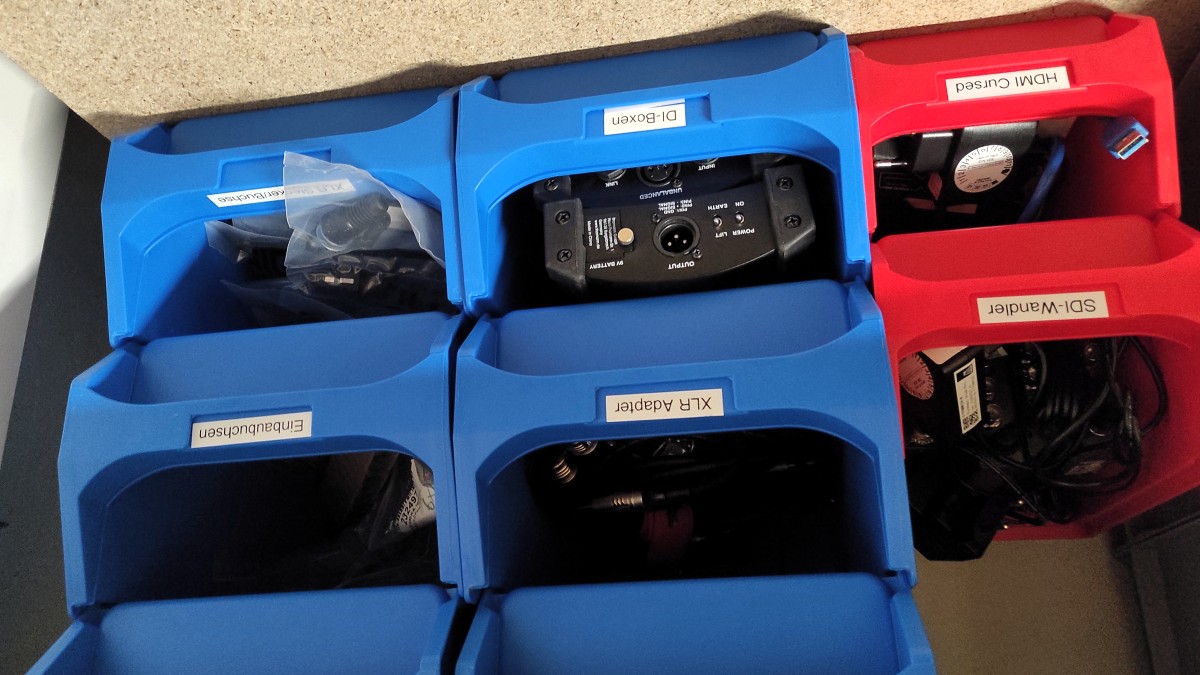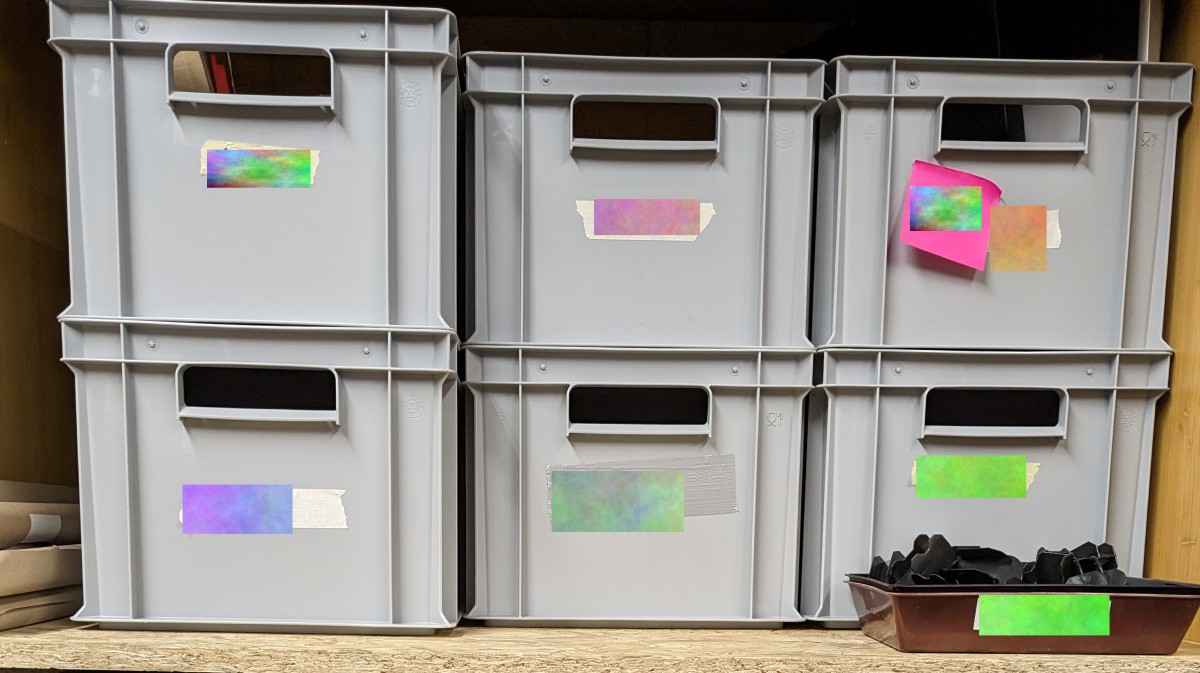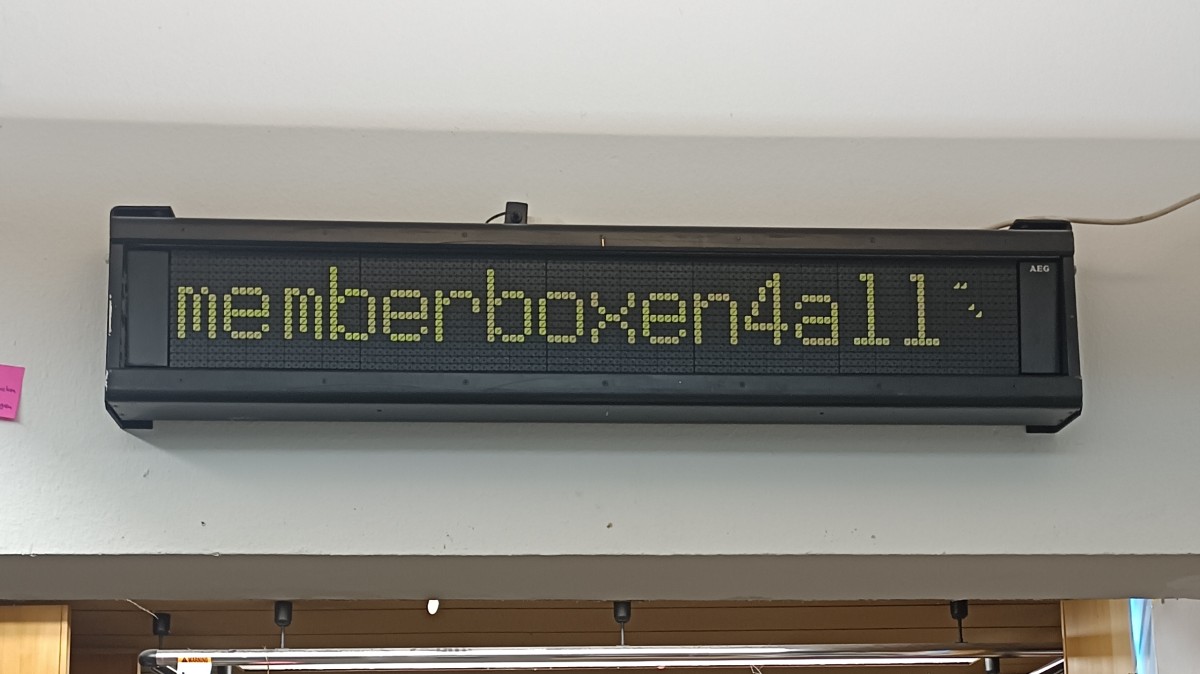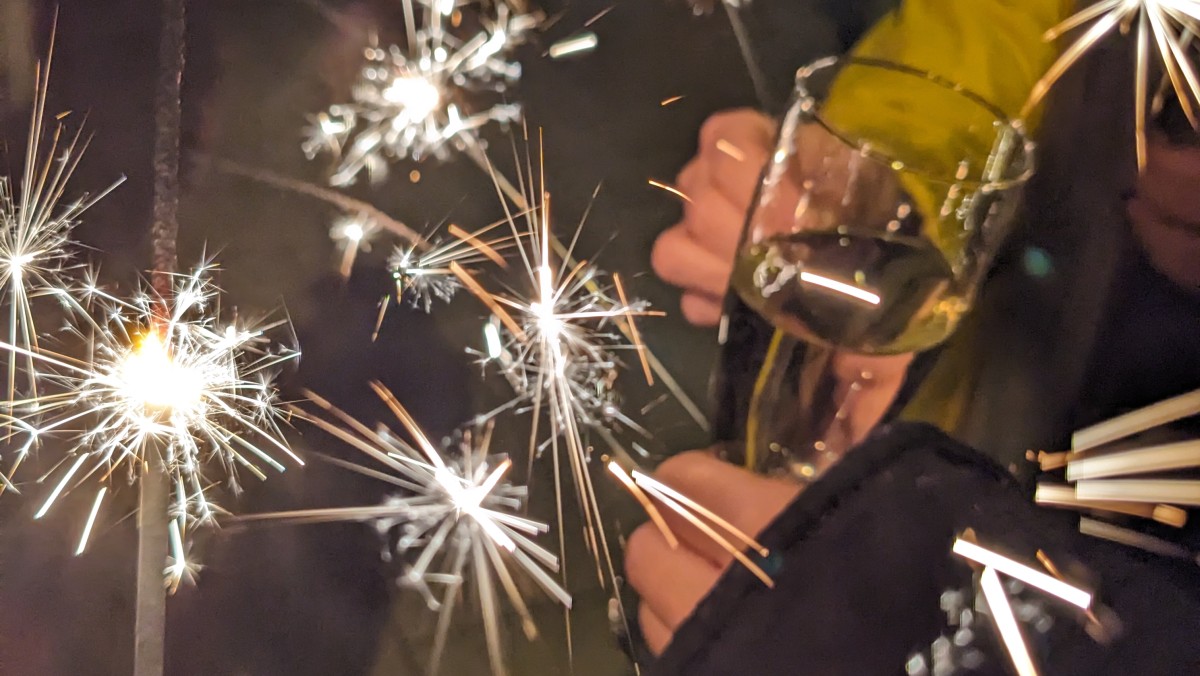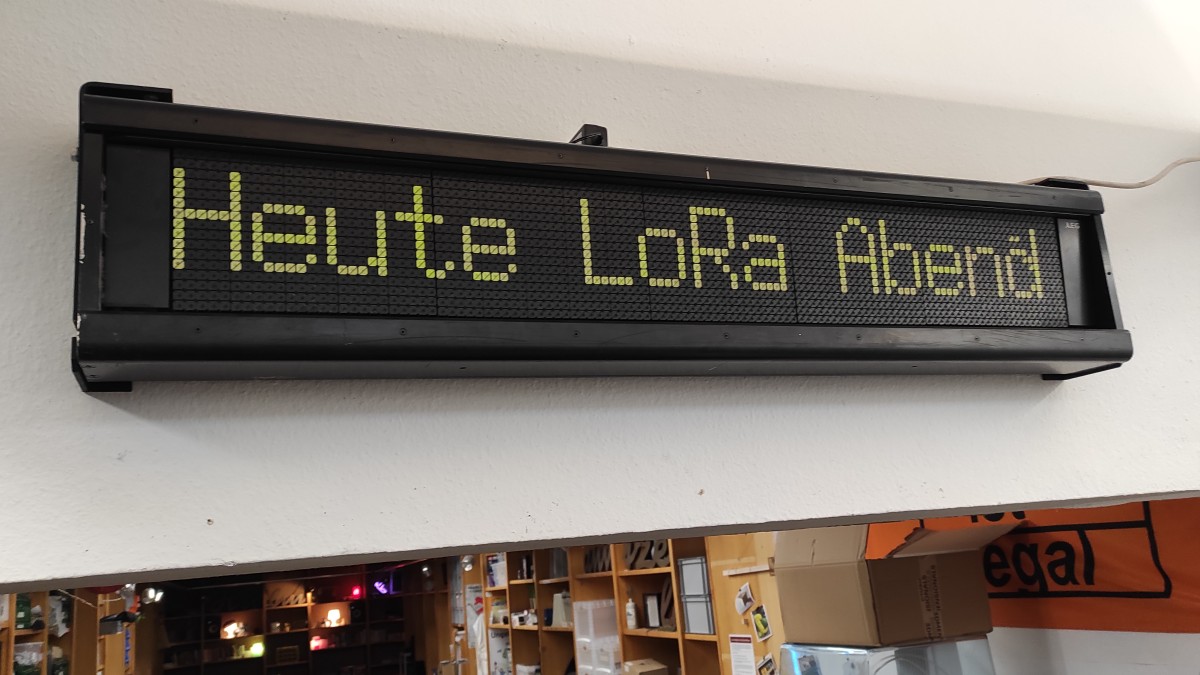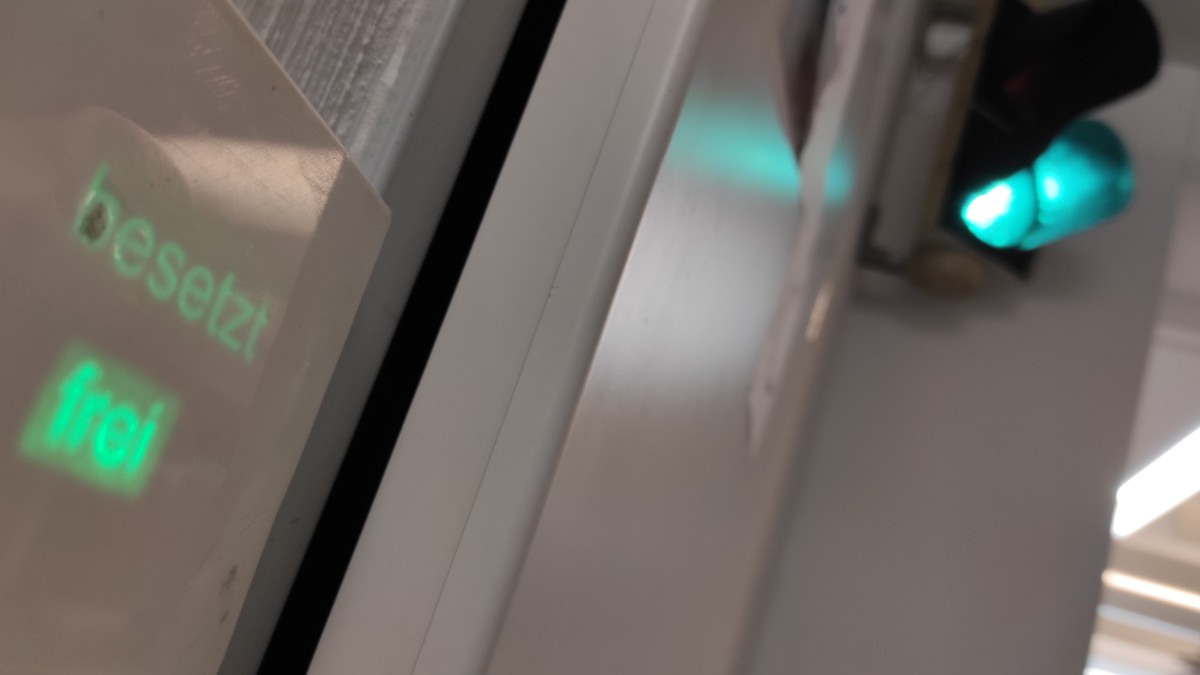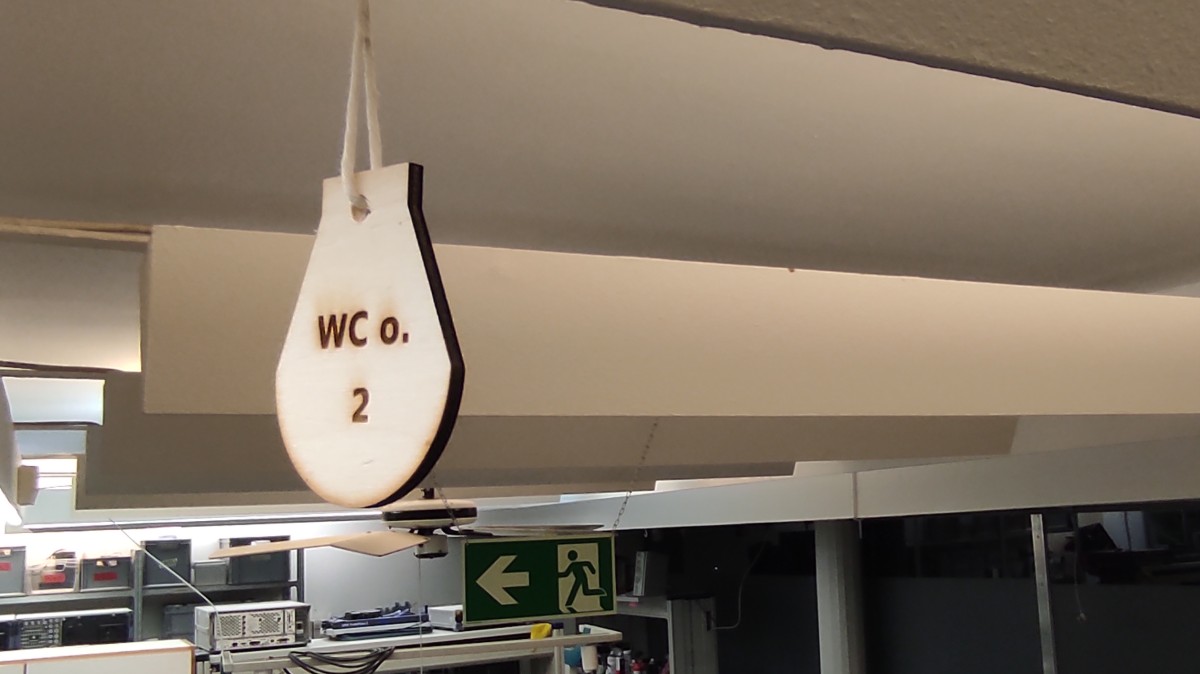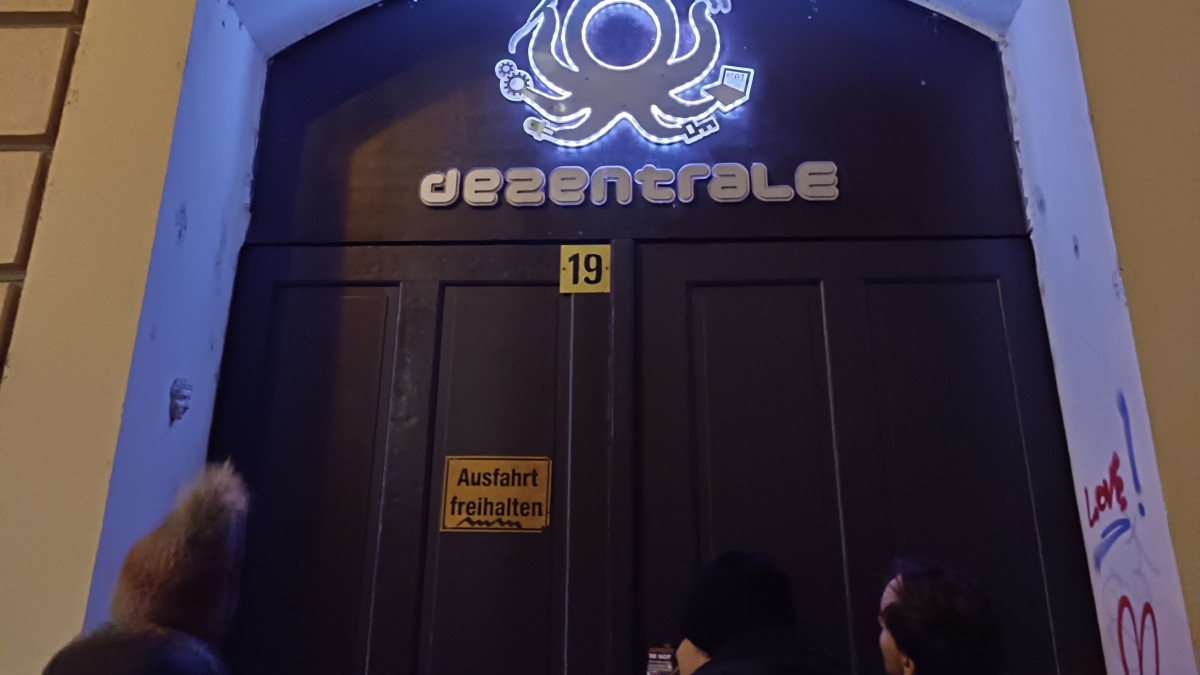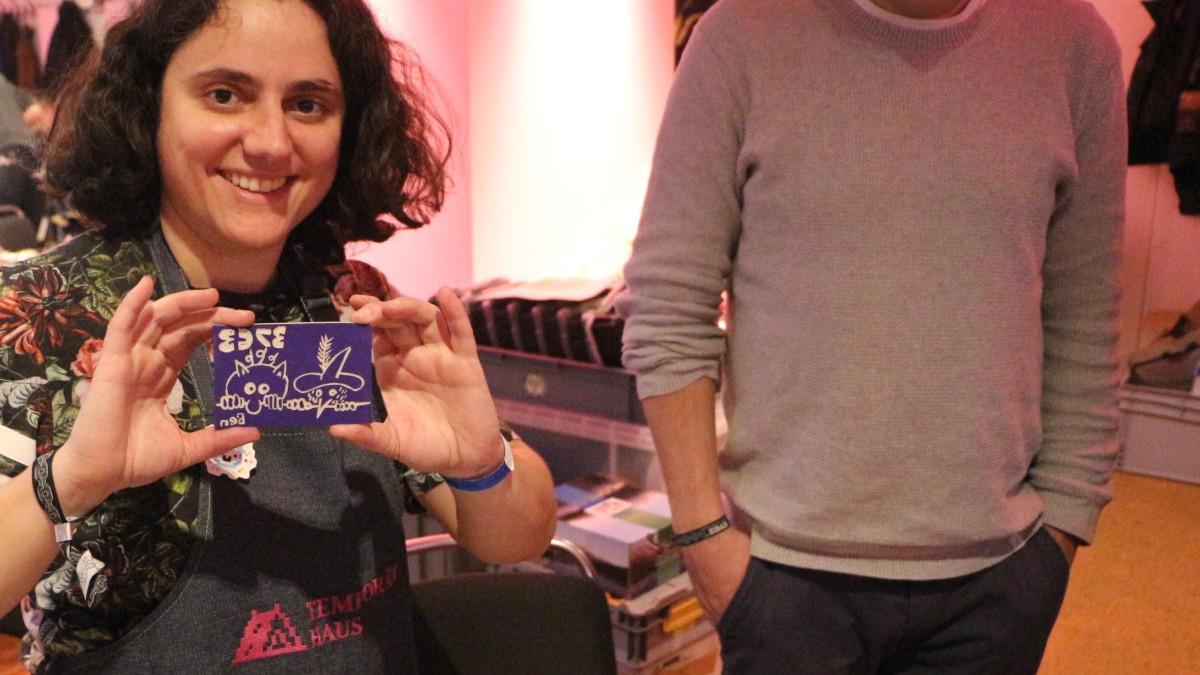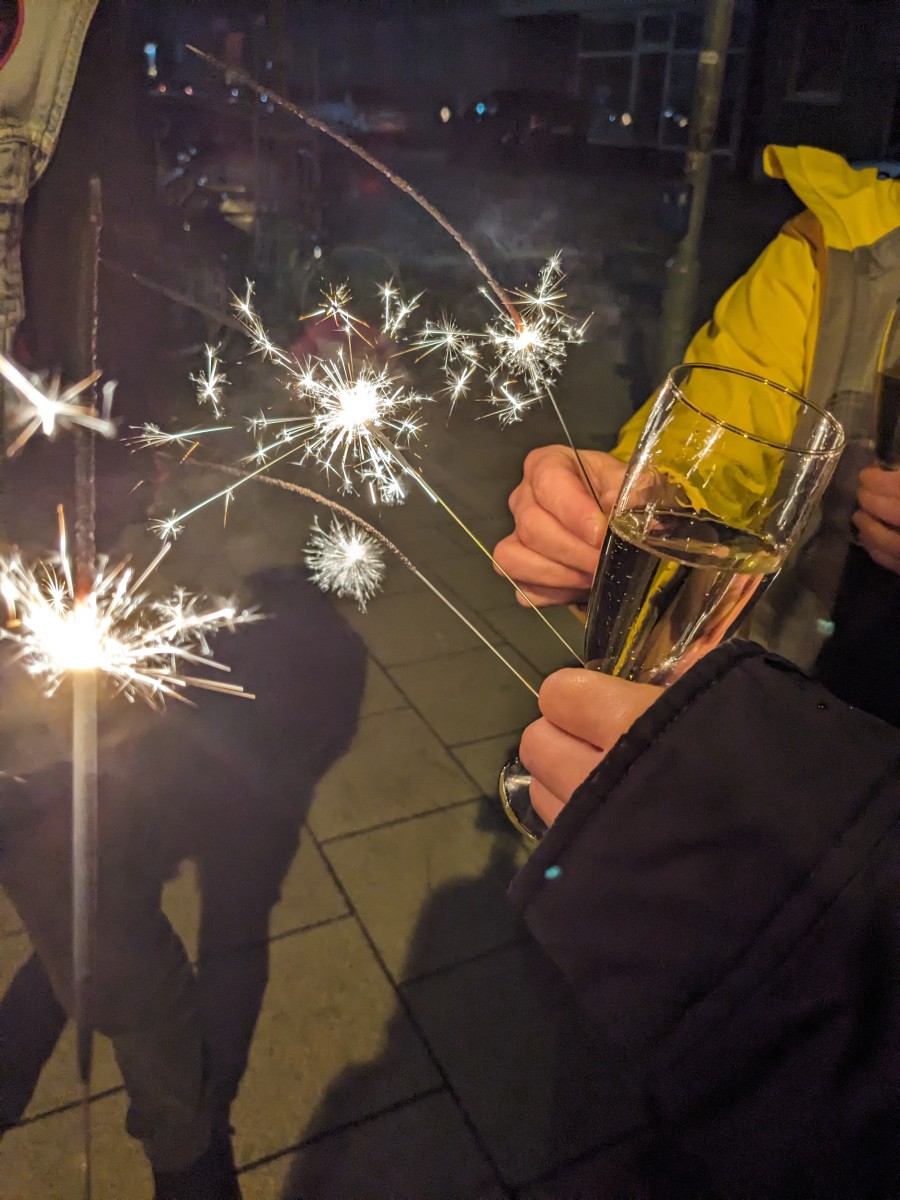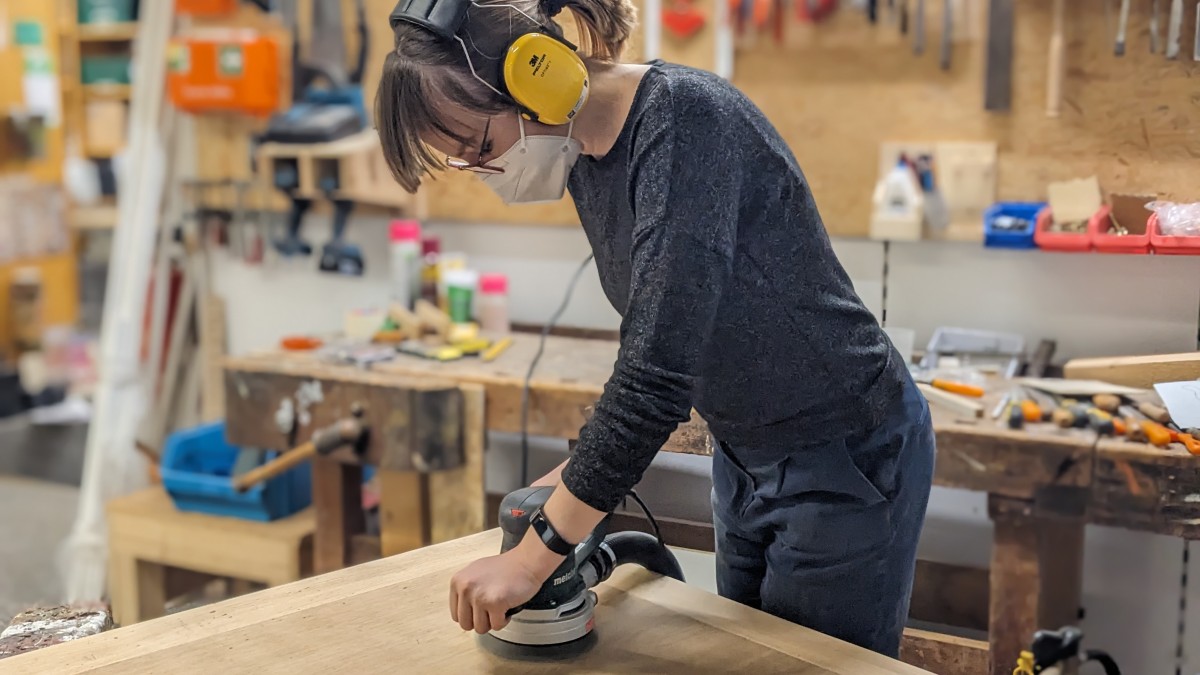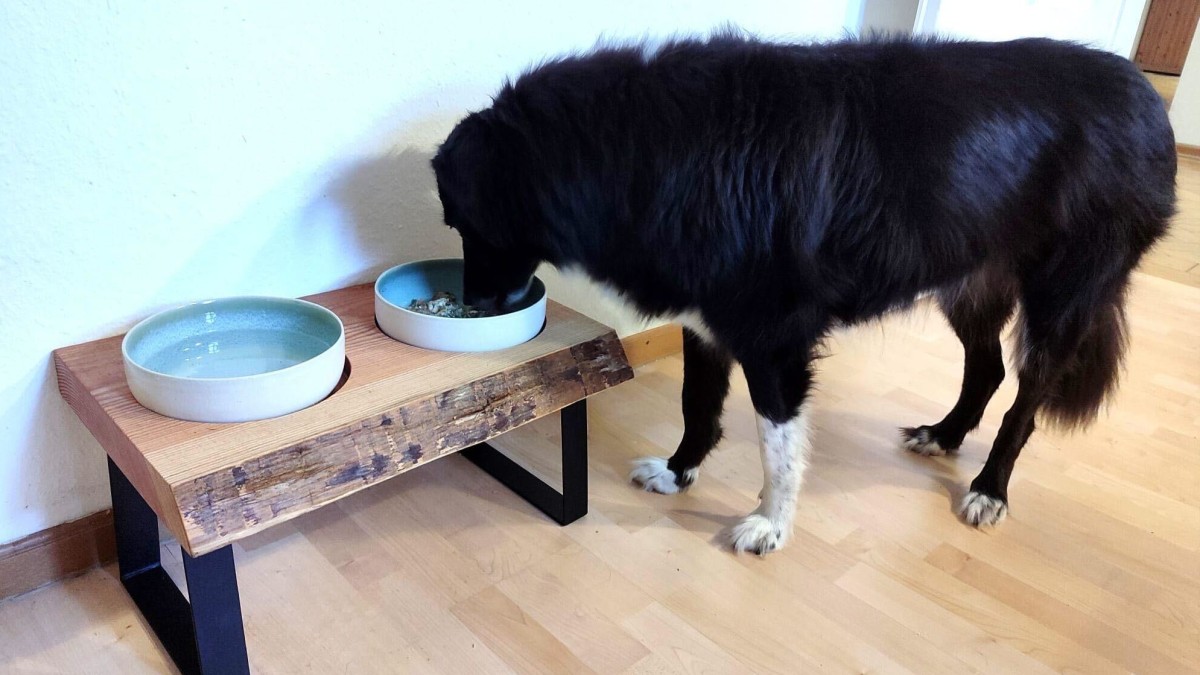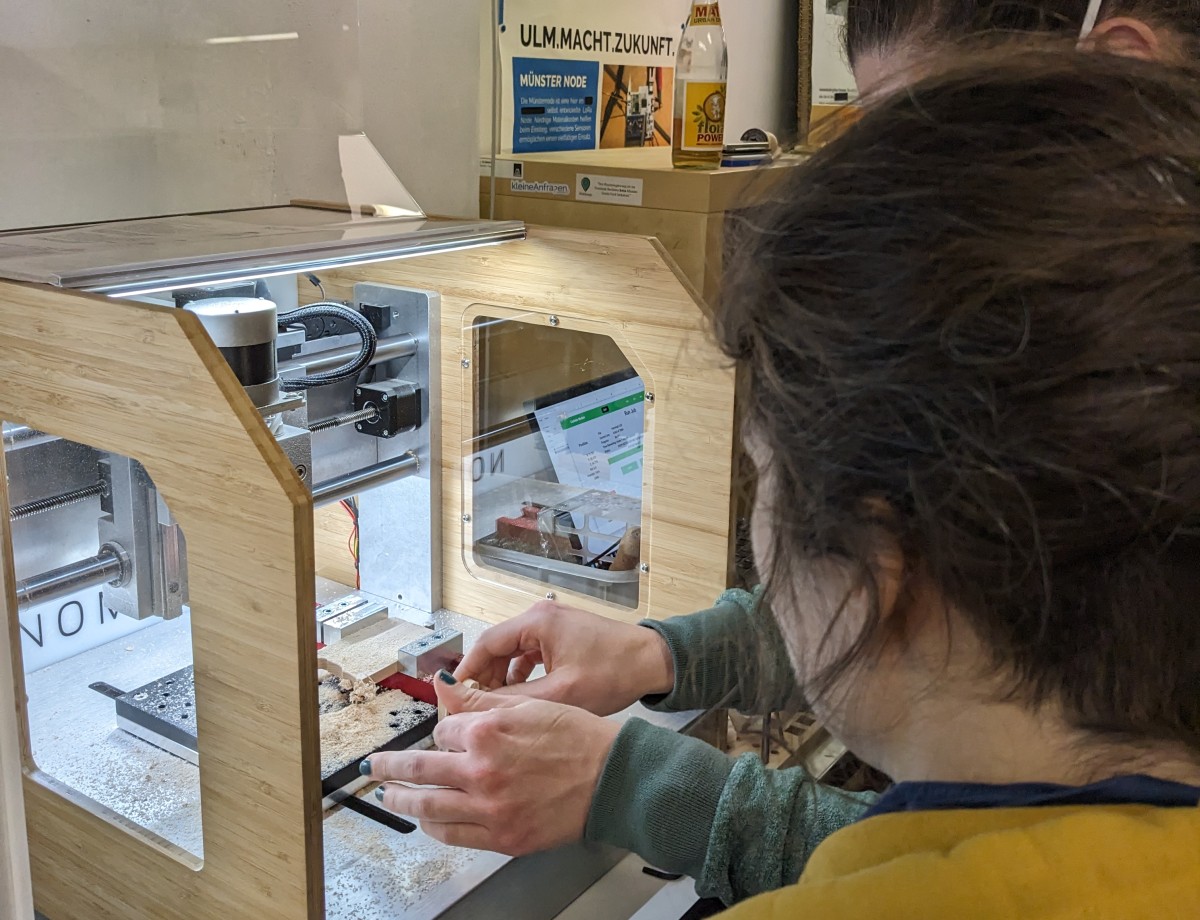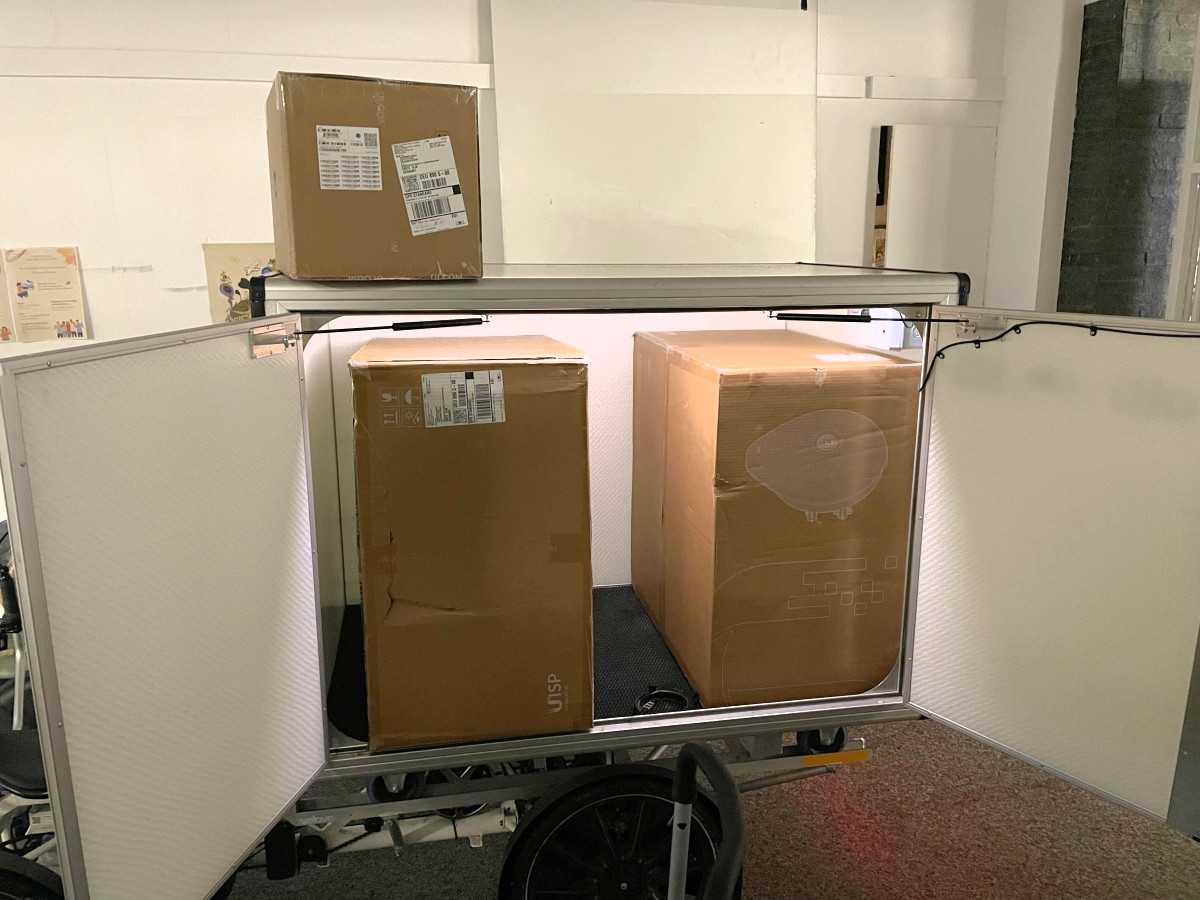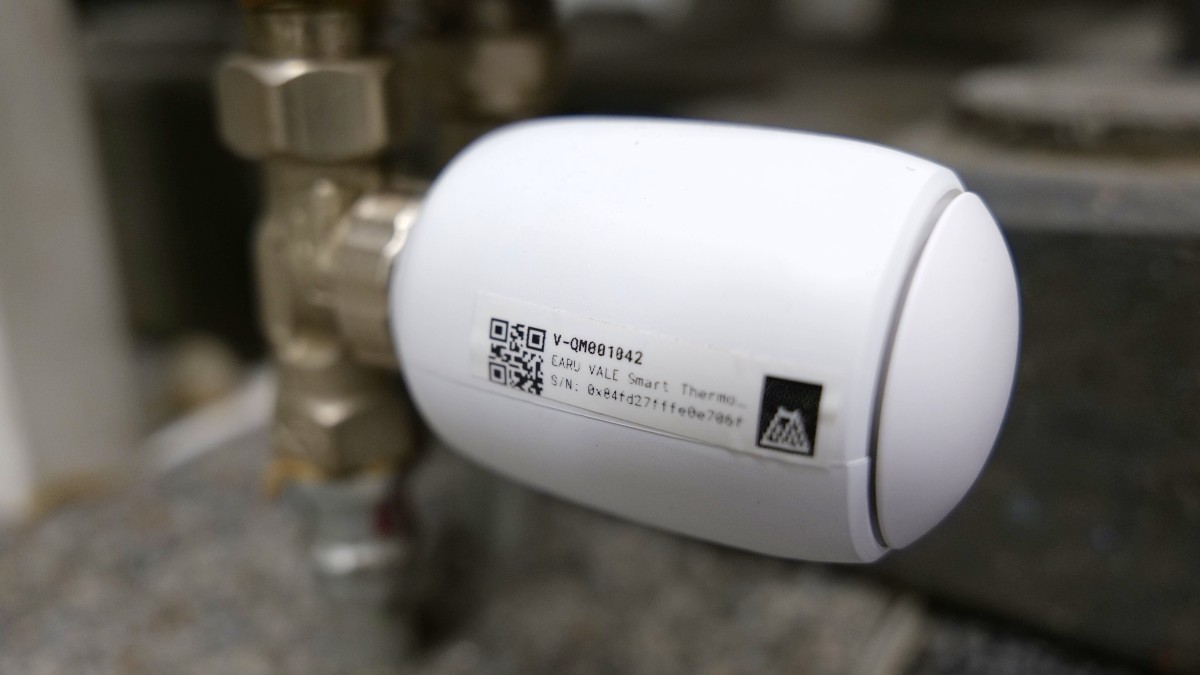Sonne! Regen! Saharastaub! Wechselhaftes Wetter! Aber immerhin Sommerzeit! Das alles hat uns der März gebracht, neben ganzen 19 öffentlichen Veranstaltungen des temporärhaus. Hervorheben möchten wir davon diesen Monat den Vortrag über The Human Cost of AI, den Workshopabend Wikidata loves Basketball und das über drei Tage gehende LokaliCon-Treffen der deutschlandweiten Lokalen Community-Räume der Wikipedianer*innen (das trotz der drei Tage nur einmal für die Statistik zählt). Außerdem fand erstmals eine Küche für alle im Rahmen des Klimabündnis statt, das auch vom Haus der Nachhaltigkeit unterstützt wird.
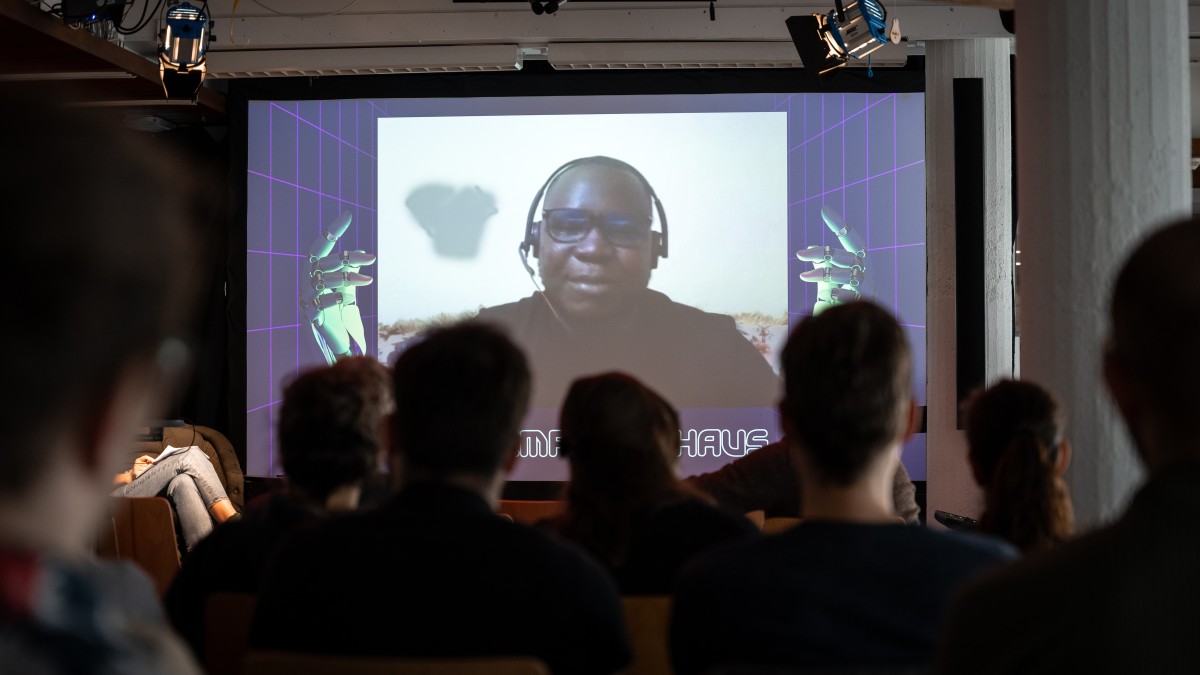
Da der Input zu den menschlichen Kosten des aktuellen KI-Hypes so perfekt zu den eine Woche später startenden Ulmer Denkanstößen passte, konnten wir Prof. Rebekka Hufendiek für die Moderation gewinnen. Mophat Okinyi führte eindrucksvoll die Arbeitsbedingungen von Clickworkern beispielsweise in seinem Heimatland Kenia aus, die nicht nur das Training von „KI“ erst ermöglichen, sondern sich jeden Tag als erste Moderationsinstanz durch Hass- und Gewaltdarstellungen auf den Social Networks der einschlägigen Tech-Konzerne kämpfen müssen. Danke an den CCC Ulm und Guido Sondern für die Vermittlung und Zusammenarbeit zu diesem Programmpunkt!
Daneben liefen wie gewohnt 15 Mal die regelmäßigen Termine, vom OpenStreetMap-Stammtisch über das Nähcafé, RAD-ikal technisch, vier Live Let’s Plays und je zwei Ausgaben von F.U.C.K., des Maker Monday, von CTF/PPP und dem TTN/LoRaWAN-Abend, der wie berichtet nun auch ein offener Abend für alle Dinge rund um das Elektroniklabor ist.
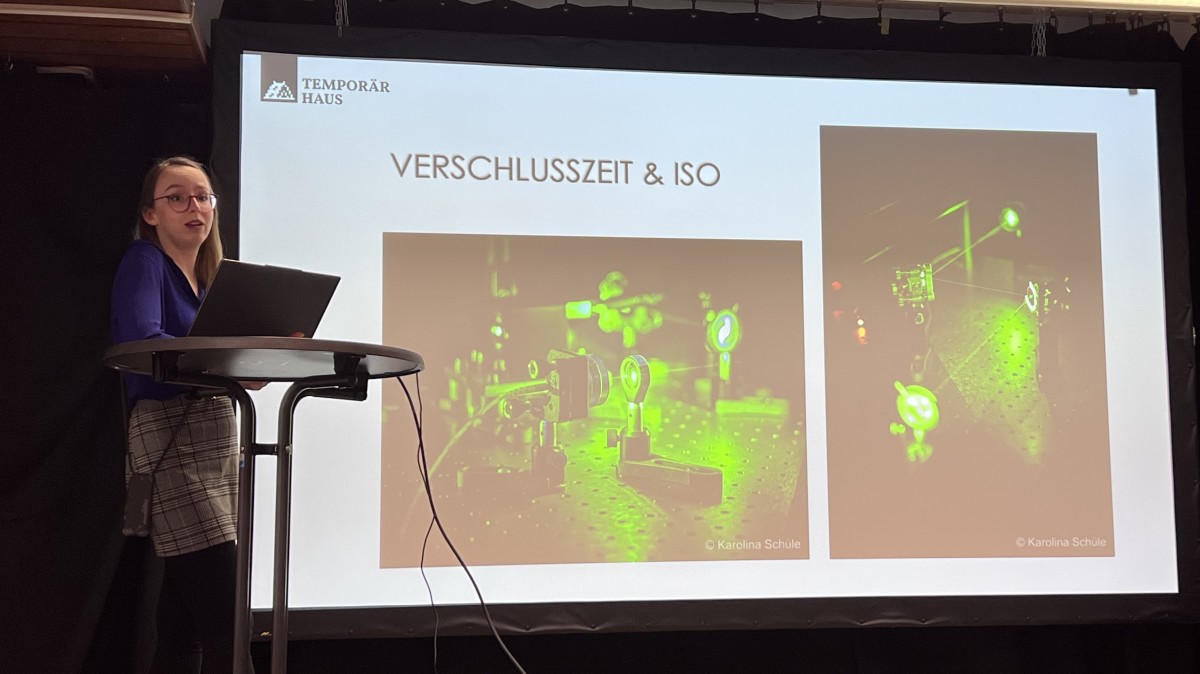
Bei einem der F.U.C.K.-Termine ging es um Fotografie und wie ASA/ISO, Blende und Verschlusszeit zusammenspielen. Fast schon trivial für Karo, die sich sonst tagsüber mit Quantenoptik beschäftigt. Wir haben derweil auch allgemein mit Fotografie gespielt, um Aufnahmen von Objekten unter Freier Lizenz auf Wikimedia Commons hochzuladen. Und wie beschrieben möchten wir unseren Fotocopter einsetzen, um auch Aufnahmen aus der Luft als Freies Wissen der Welt zur Verfügung stellen zu können.
Hausbauarbeiten, Hausputzwochenende, Werkstatt und Atelier
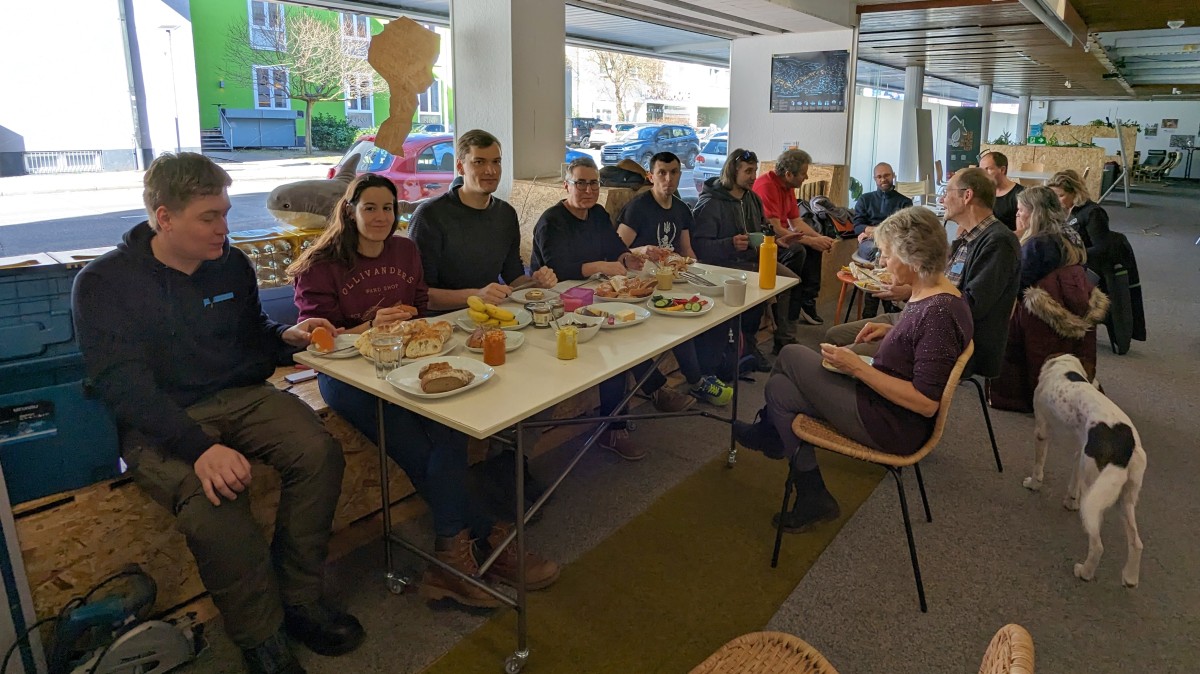
Wir zählen bei den Monatsberichten traditionell nur die Termine, die sich an die allgemeine Öffentlichkeit oder an Gruppen aus dem selbstlos aktiven Digitalen Ehrenamt richten. Wie schon seit Beginn der Communityarbeit am Weinhof und auch seit der Wiedereröffnung in Neu-Ulm steht diesen öffentlichen Terminen stets mindestens eine ebenso große, wenn nicht mehrfache Zahl inoffizieller, interner und rein ehrenamtlich bestrittener Arbeitstreffen gegenüber. Praktisch alles an der Infrastruktur vom schnellen WLAN über das Zugangssystem bis zum Getränkeautomaten hängt bei uns an ehrenamtlichem Engagement – und das bedarf regelmäßiger Arbeitseinsätze, die gemeinsam natürlich mehr Spaß machen als alleine.
Dazu gehört im März ein Frühjahrsputz-Wochenende zu Beginn des Monats, wo wir gemeinsam mit den Aktiven des Haus der Nachhaltigkeit unsere gemeinsamen Räume aufgeräumt und umorganisiert haben, plus Reinigung von Fensterflächen, Böden und weiteren Orten. Wir haben dabei unter Anderem das Elektroniklabor umorganisiert, Staub gewischt, Fenster geputzt und nicht zuletzt gemeinsam gebruncht.
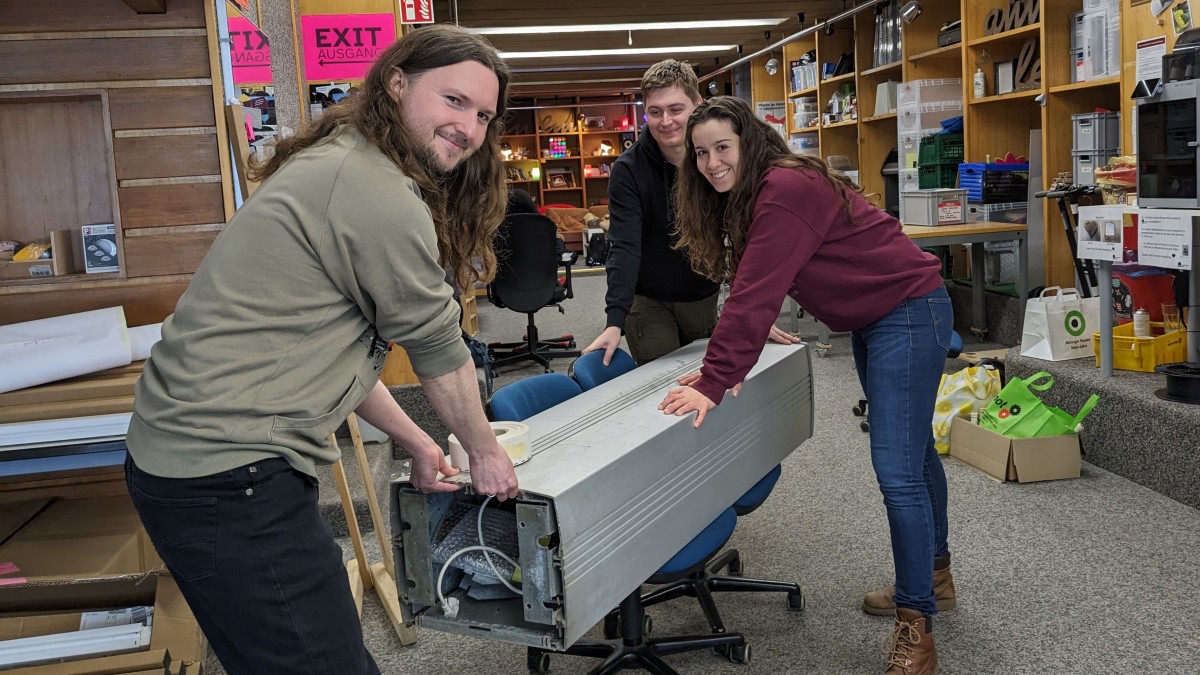
Wir haben Dinge und Geräte an neue Orte verfrachtet und vor allem auch die Werkstatt aufgeräumt. Denn aufgrund einer Umorganisation der Flächen gemeinsam mit dem HdN können wir nun direkt auf der anderen Seite der Elektronikwerkstatt eine Atelierfläche für Sticken, Nähen, Siebdruck, Linoldruck, Cyanotypie und alle möglichen weiteren künstlerischen Dinge einrichten \o/
Wir haben ein Feld des Schwerlastregals in der Holzwerkstatt abgebaut und aus Vereinsmitteln die notwendigen Regalständer beschafft, um ein zweifeldiges Schwerlastregal beim Atelierbereich für die Unterbringung aller Kunstutensilien zu schaffen. Dort liegt nun alles, was wir für all unsere künstlerischen Angebote benötigen.
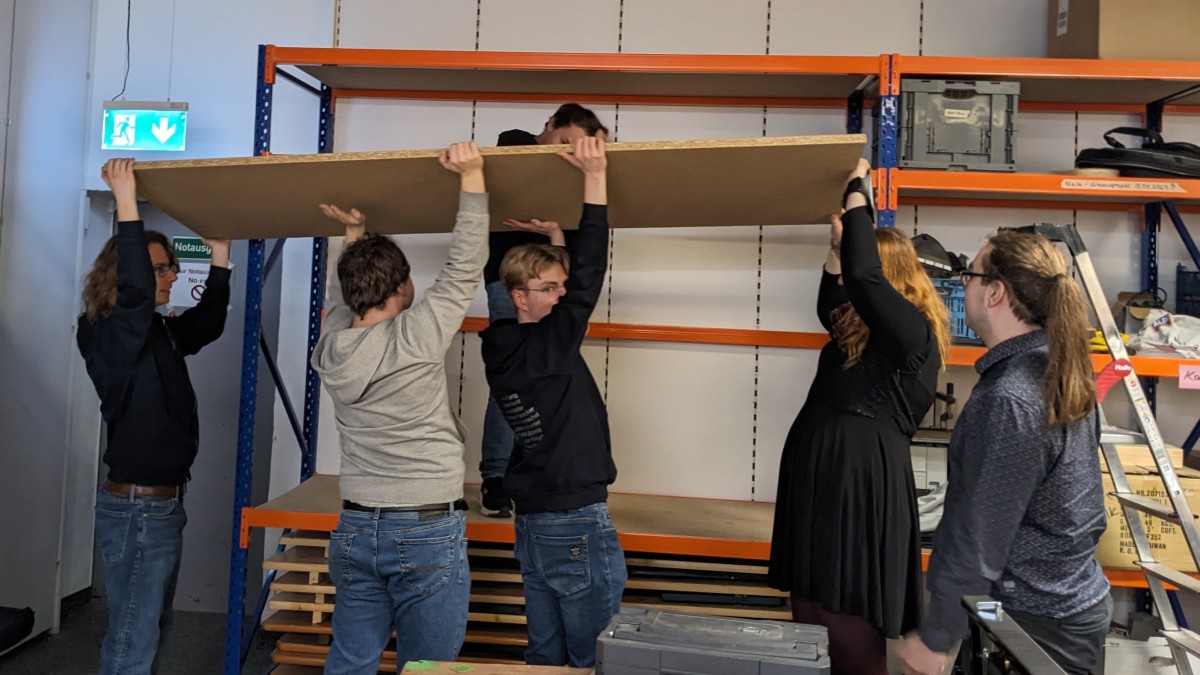
Das Aufräumen in der Werkstatt galt aber nicht nur der Einrichtung der Atelierflächen. Einerseits haben wir eine der Werkbänke ins Atelier umgezogen, auf der künftig dort gearbeitet werden kann. Und die durch den Regalabbau freigewordene Fläche dient nun einer anderen mobilen Werkbank als Ort.
Andererseits haben wir in der Mitte der Holzwerkstatt nun Platz für die weiteren, aus der DSEE-Förderung beschafften Holzverarbeitungswerkzeuge, die nun an ihrem Platz stehen. Wir haben in den nun über sieben Jahren viele Erfahrungen mit dem Betrieb einer offenen Werkstatt sammeln können – was möchten Menschen bei uns bauen, welche Geräte braucht es dafür und vor allem: Mit welchen Geräten bekommt man auch dann gute Ergebnisse, wenn man nicht jeden Tag professionell mit ihnen arbeitet. Wir möchten hier noch gar nicht zu viel verraten und viel lieber ausführlich in einem separaten Post beschreiben. Wer zu den Maker Mondays kommt, kann die Maschinen aber schon jetzt bewundern – und nach dokumentierter Unterweisung auch damit arbeiten!
Der Ausblick
Auf den März folgt der April – und einerseits geht dann schon wieder ein regelmäßiger neuer Programmpunkt aus dem Ehrenamt für die Allgemeinheit an den Start, über den wir bald berichten werden.
Andererseits sind wir ja nicht die einzigen, die unser gemeinsames Haus bespielen und deswegen möchten wir auch ausdrücklich auf das Monatsprogramm unserer Haus-WG-Partner*innen des Haus der Nachhaltigkeit verweisen. Im April läuft noch die Fotoausstellung, die zu den allgemeinen Öffnungszeiten (siehe unserer beider Kalender) zugänglich ist. Und im April-Programm des HdN finden sich Perlen wie ein Workshop gegen rechte und diskriminierende Stammtischparolen des VVN Ulm und des FCLR Ulm am 15.4. sowie die Eröffnung der Leihbar am 18.4., wo ihr künftig praktische Gebrauchsgegenstände aus einer Bibliothek der Dinge entleihen können werdet.
Es lohnt sich also, beide Terminkalender im Auge zu behalten. Und wir würden uns freuen, euch bei uns begrüßen zu können – egal ob bei Angeboten des HdN oder bei uns und egal ob ihr zum ersten Mal da seid oder ob ihr wiederkommt!
